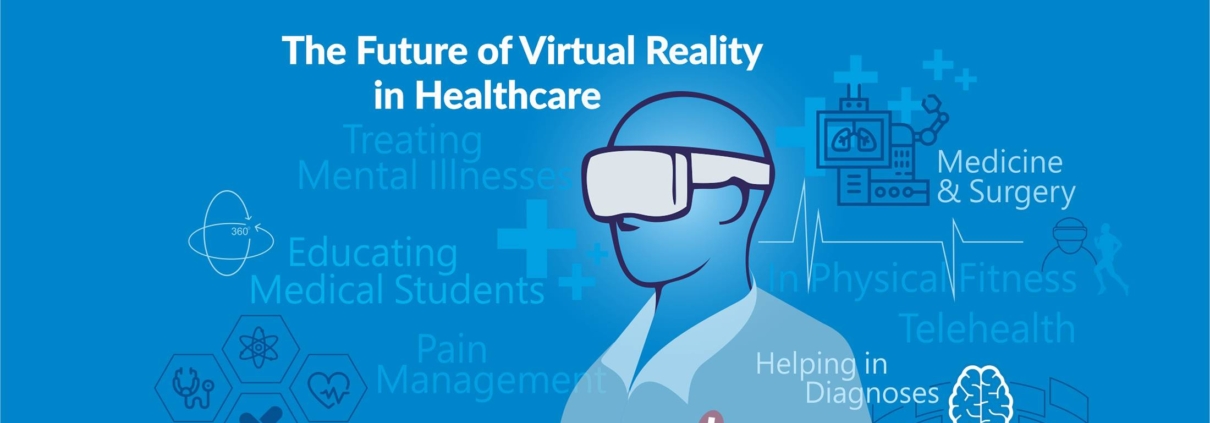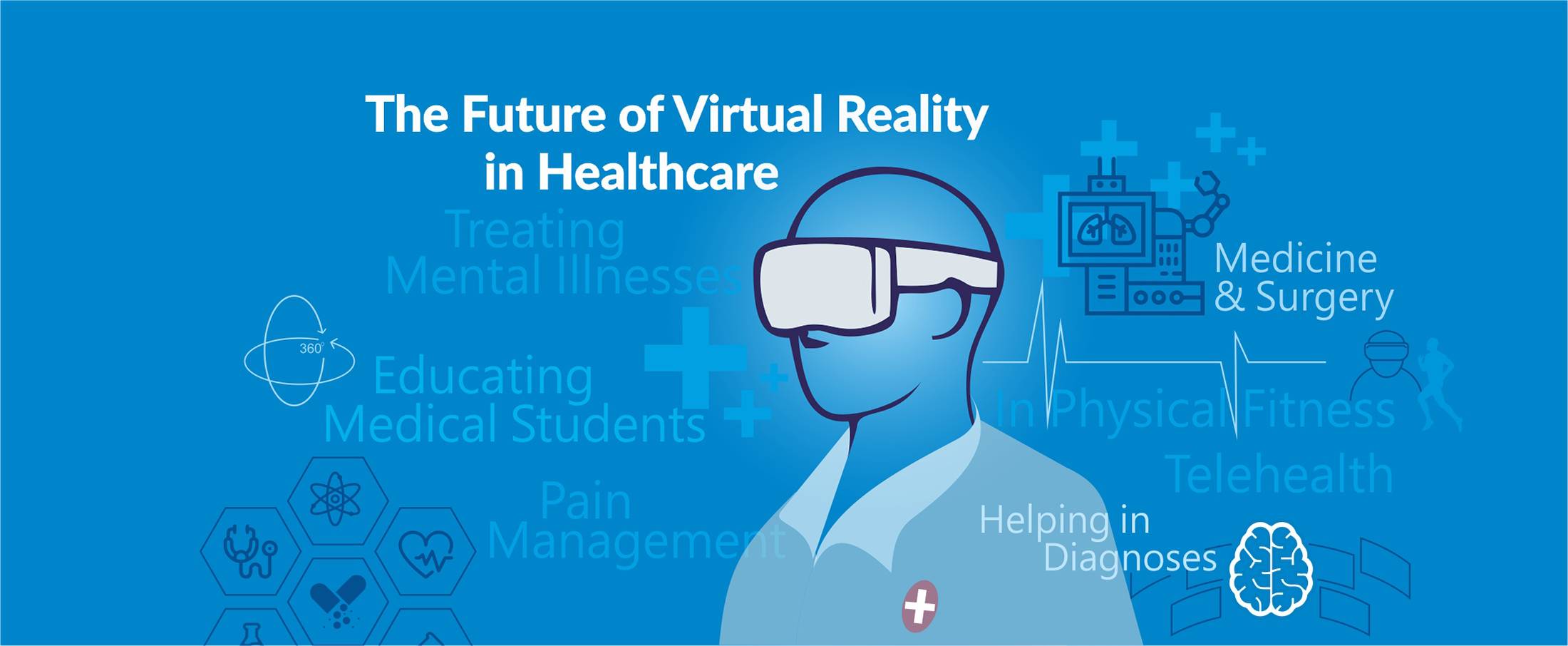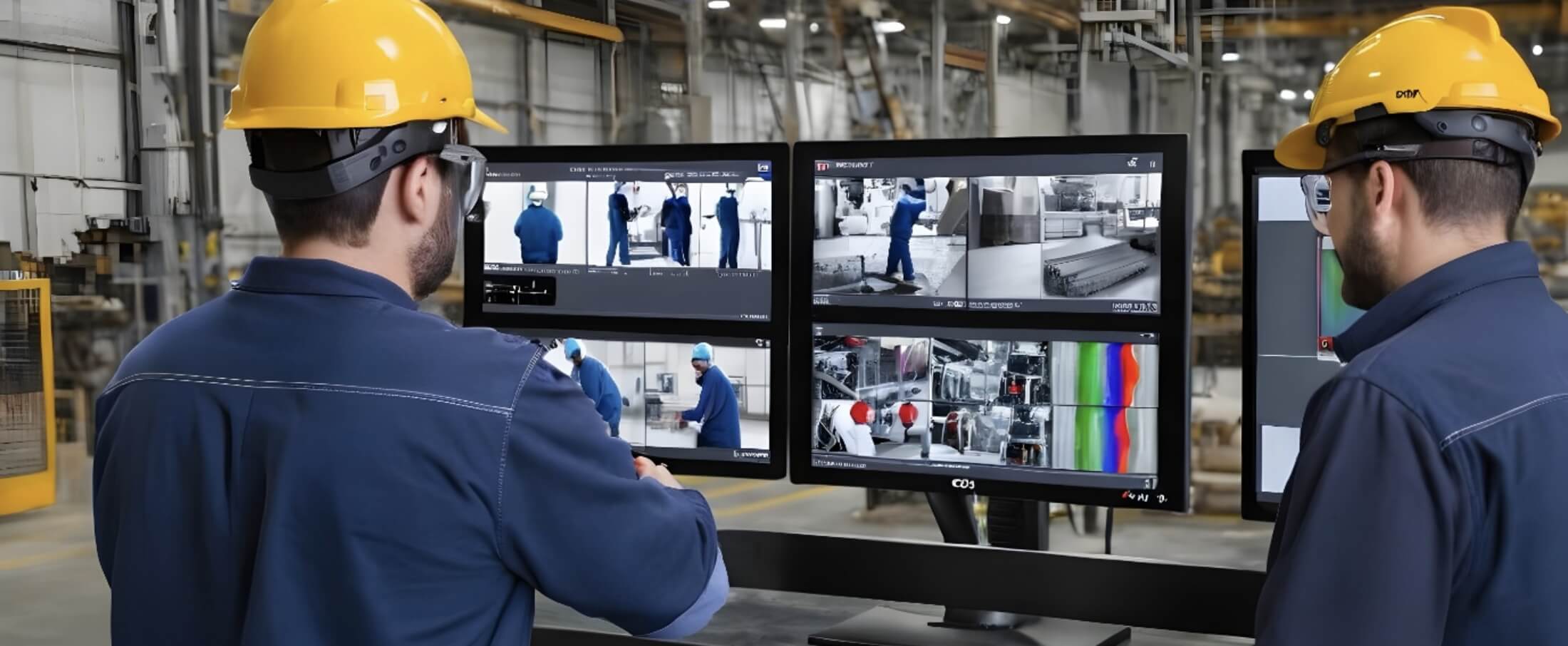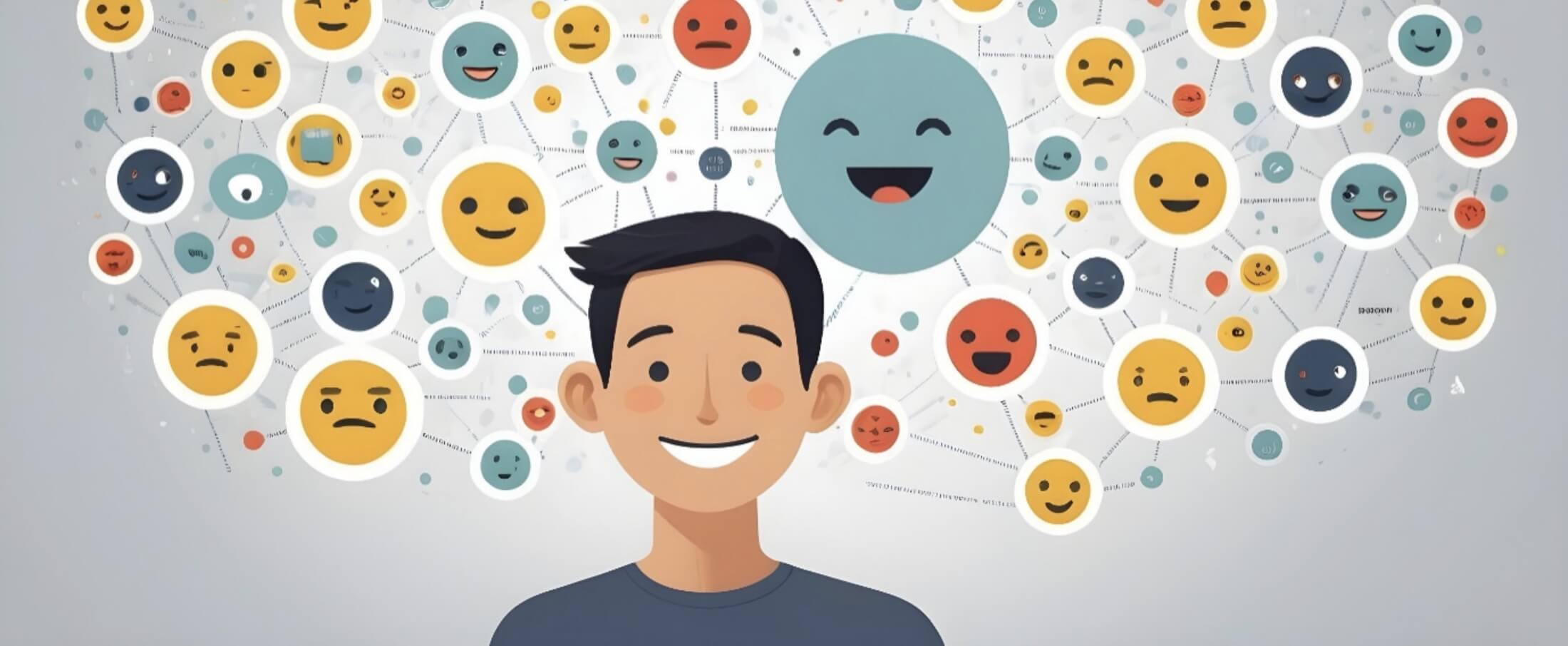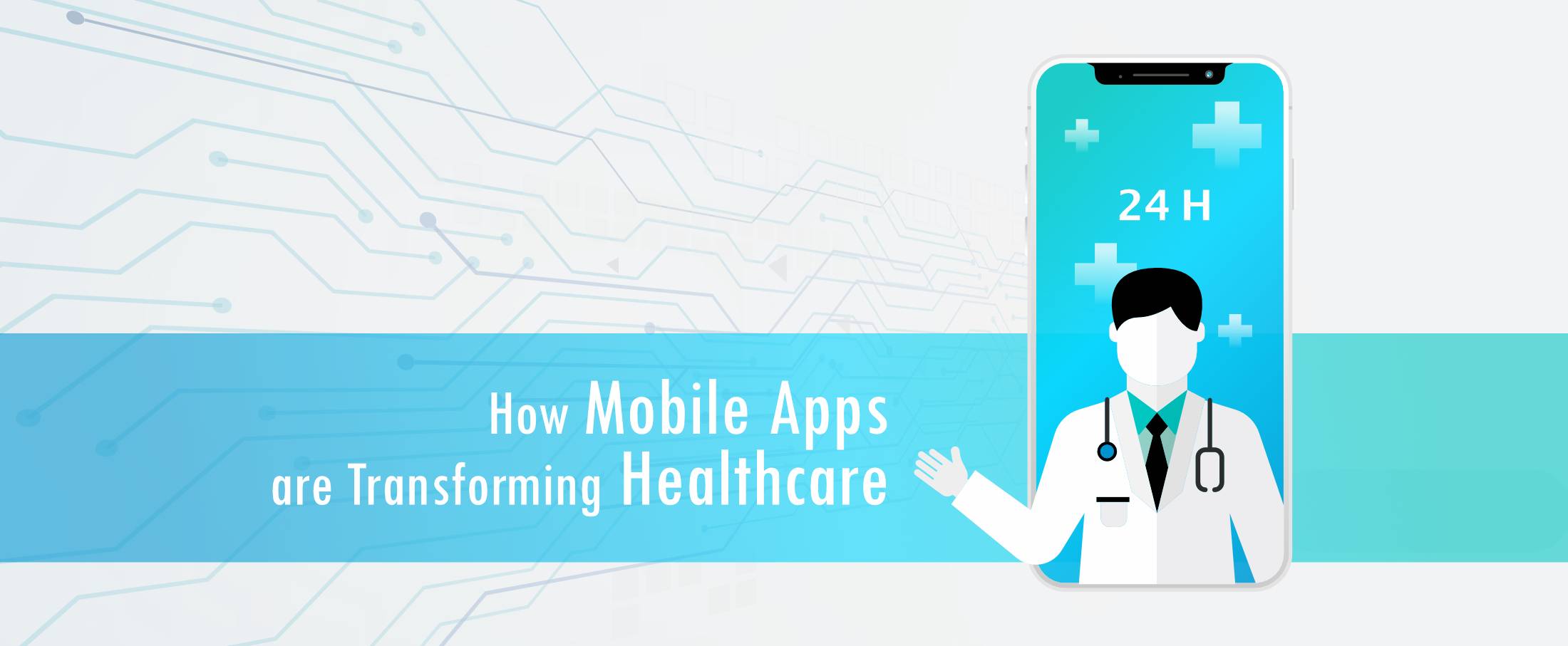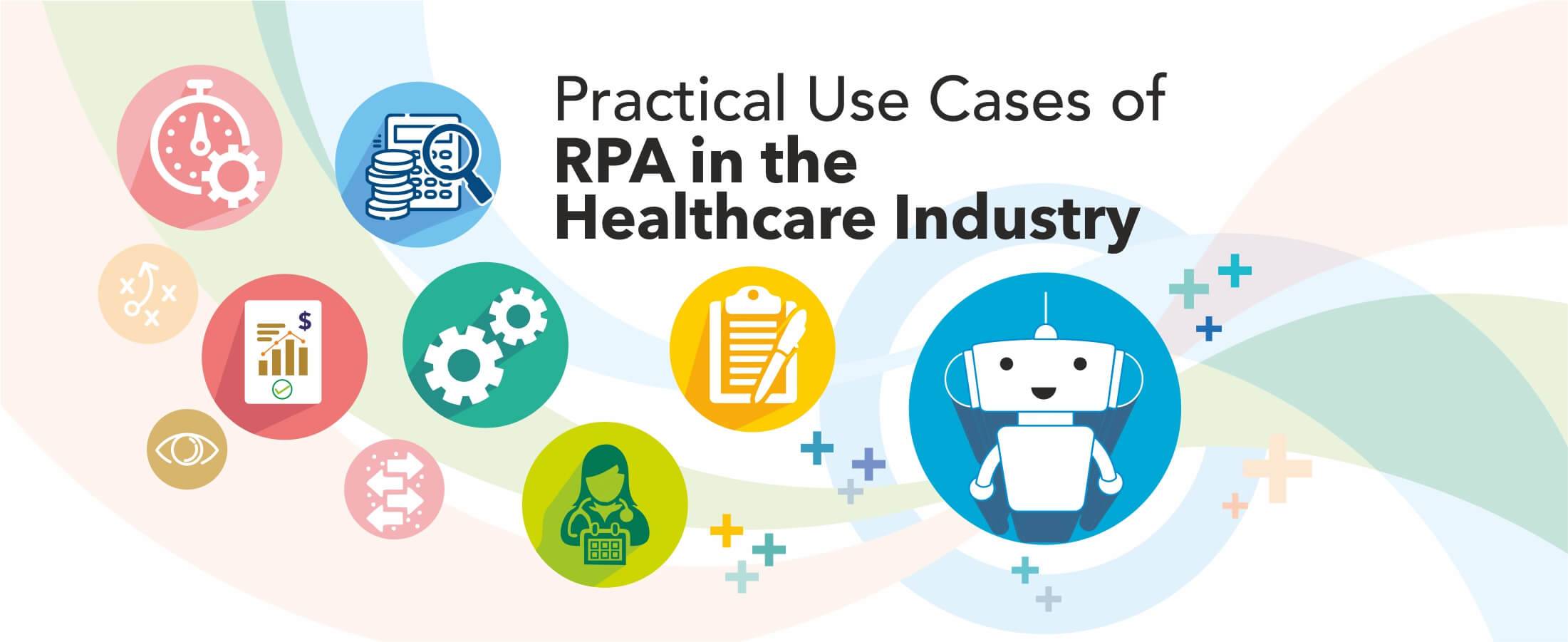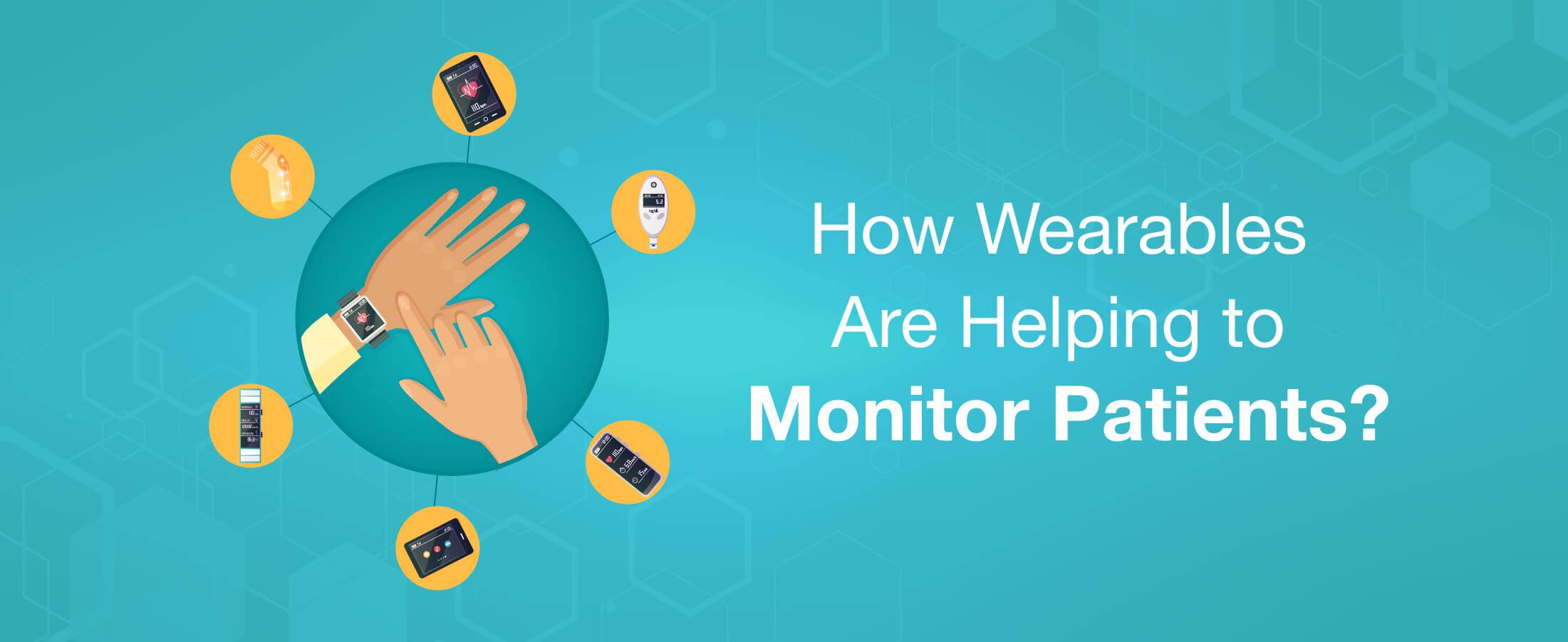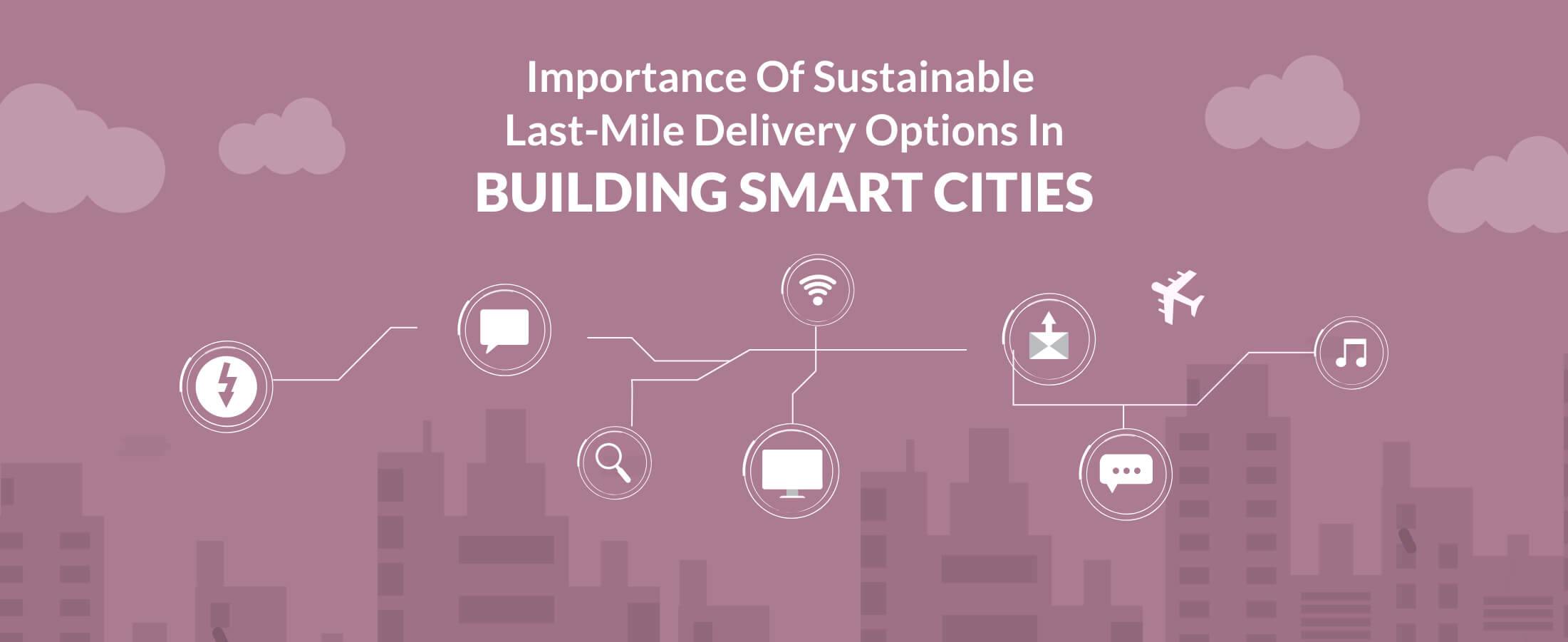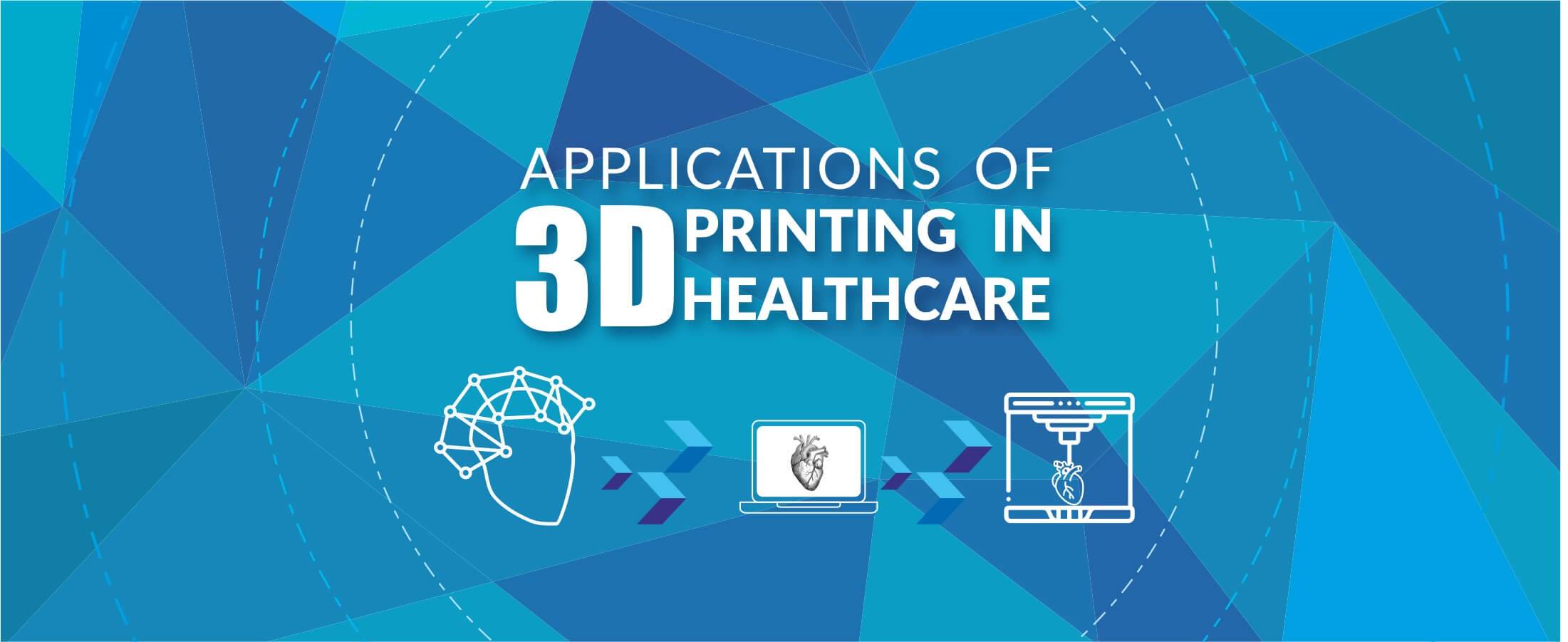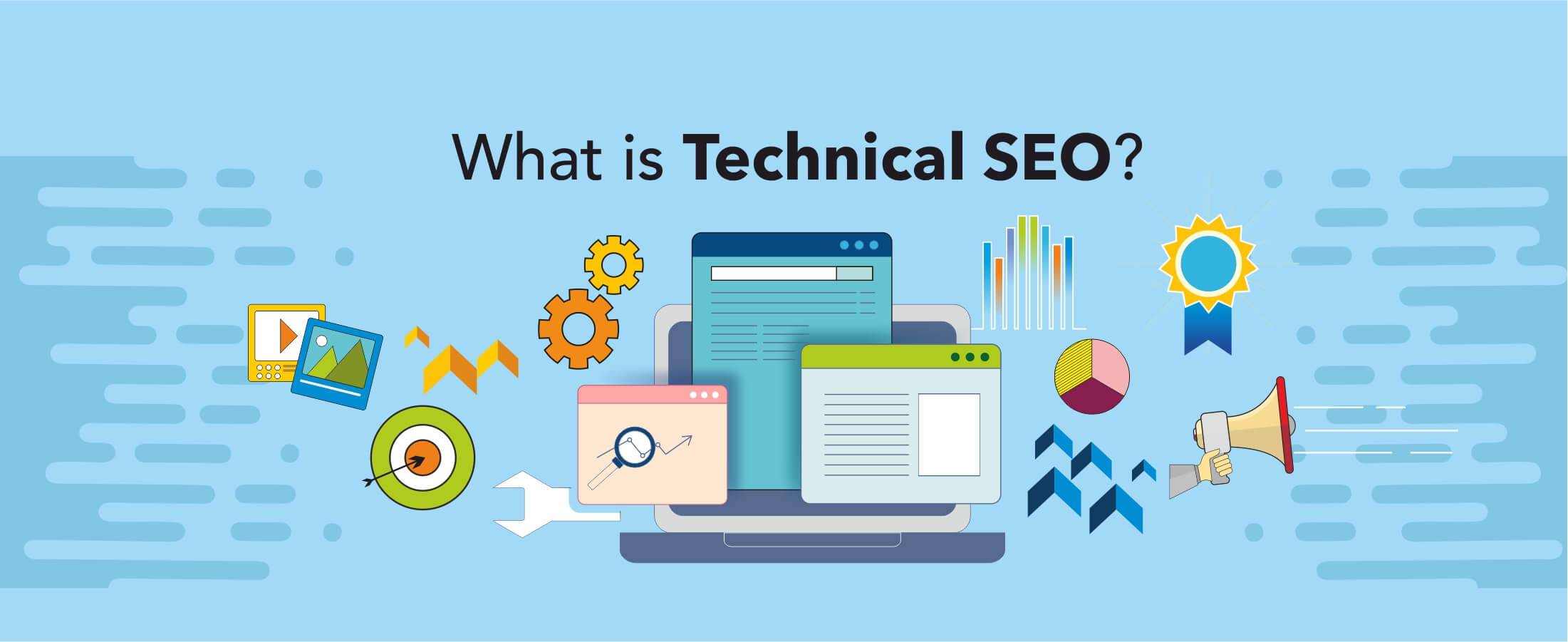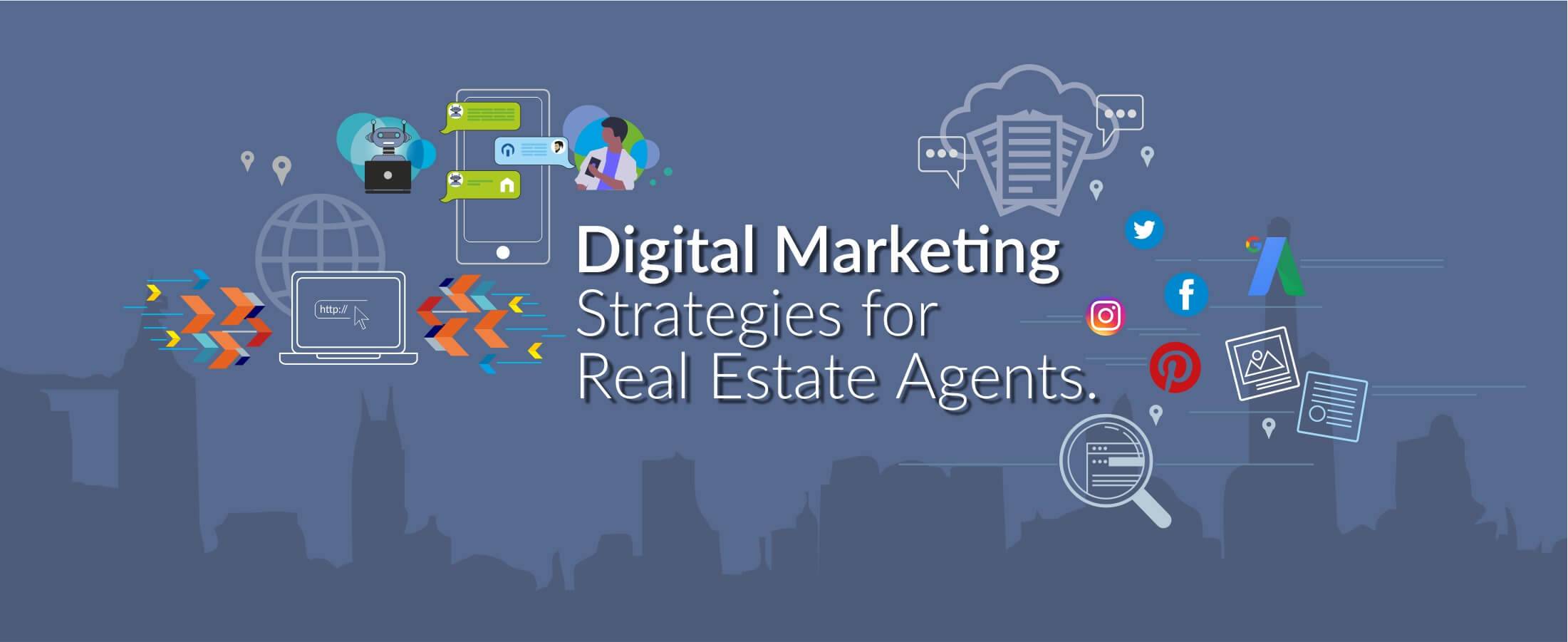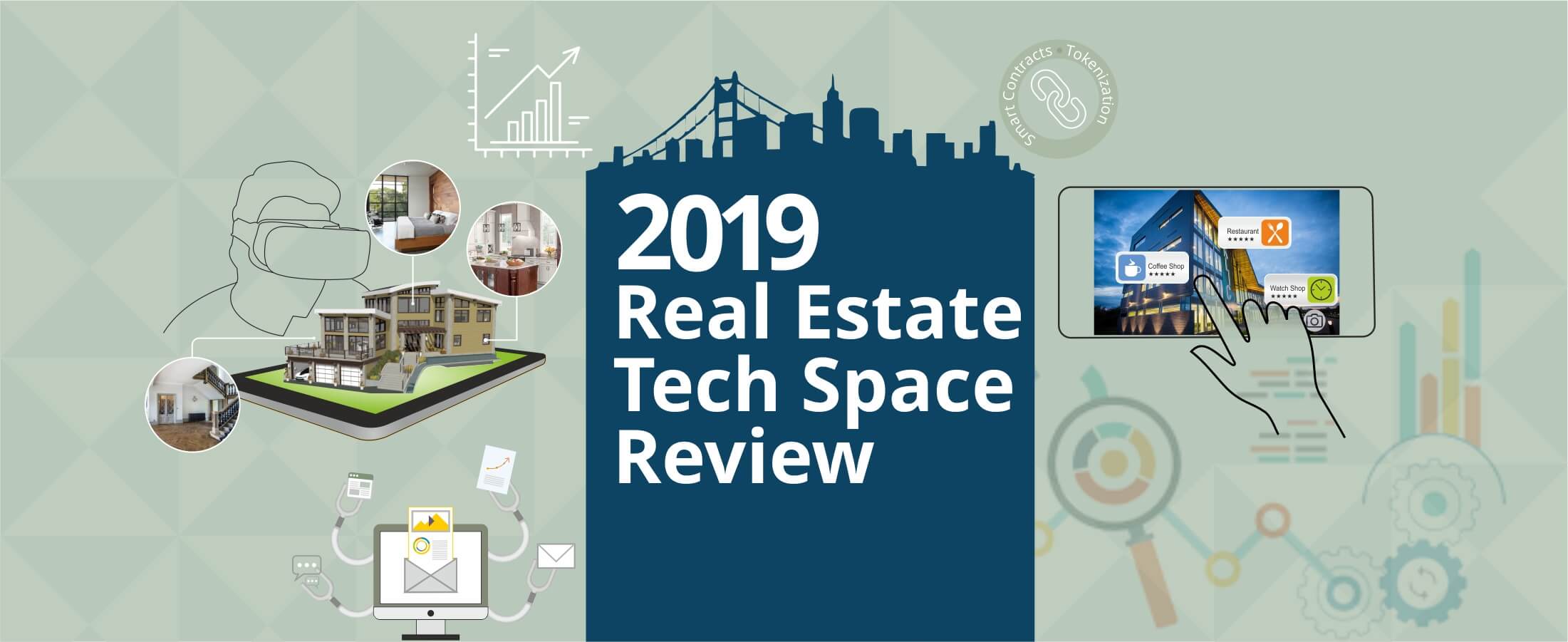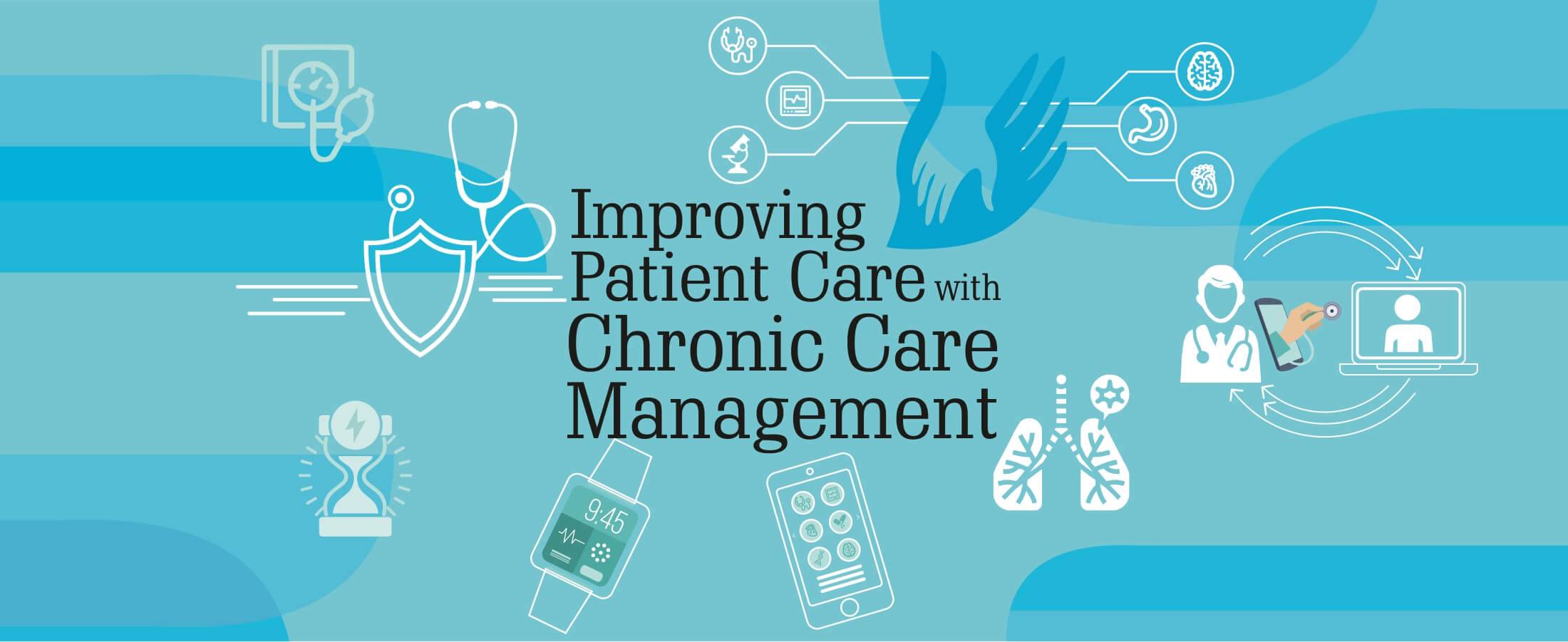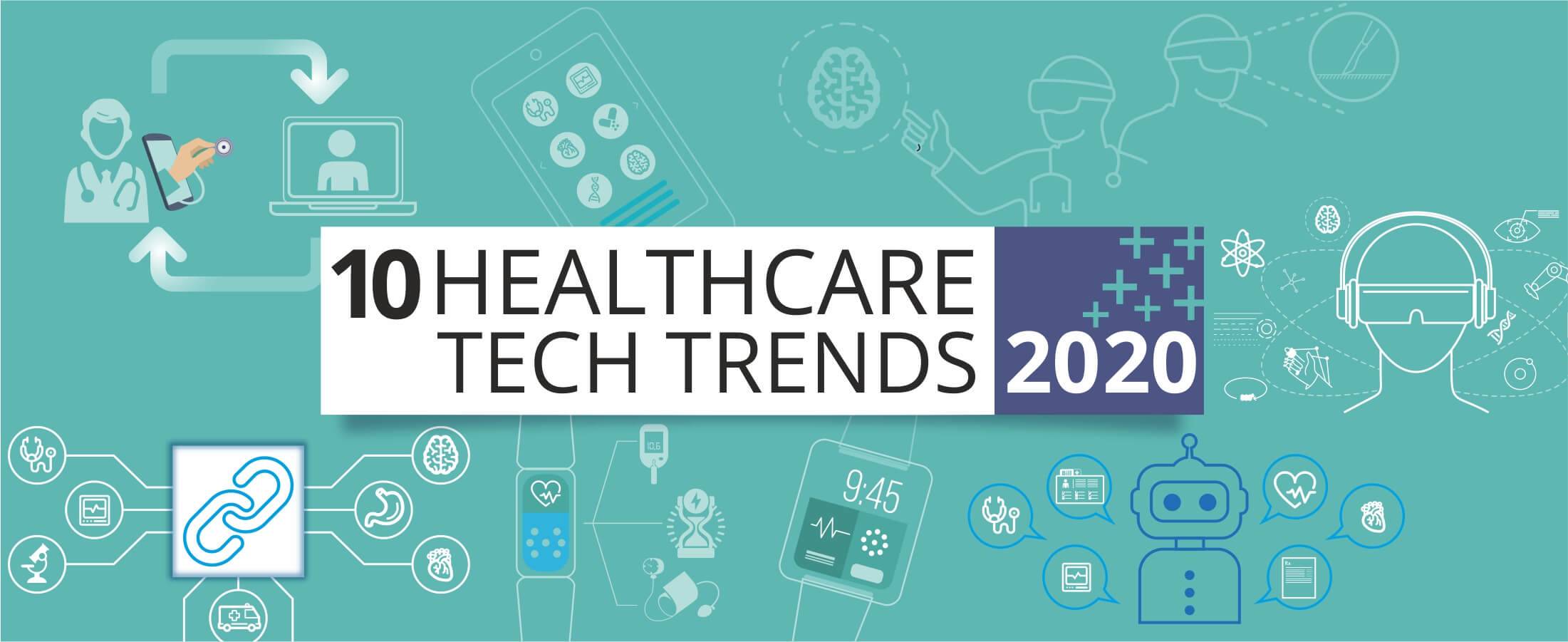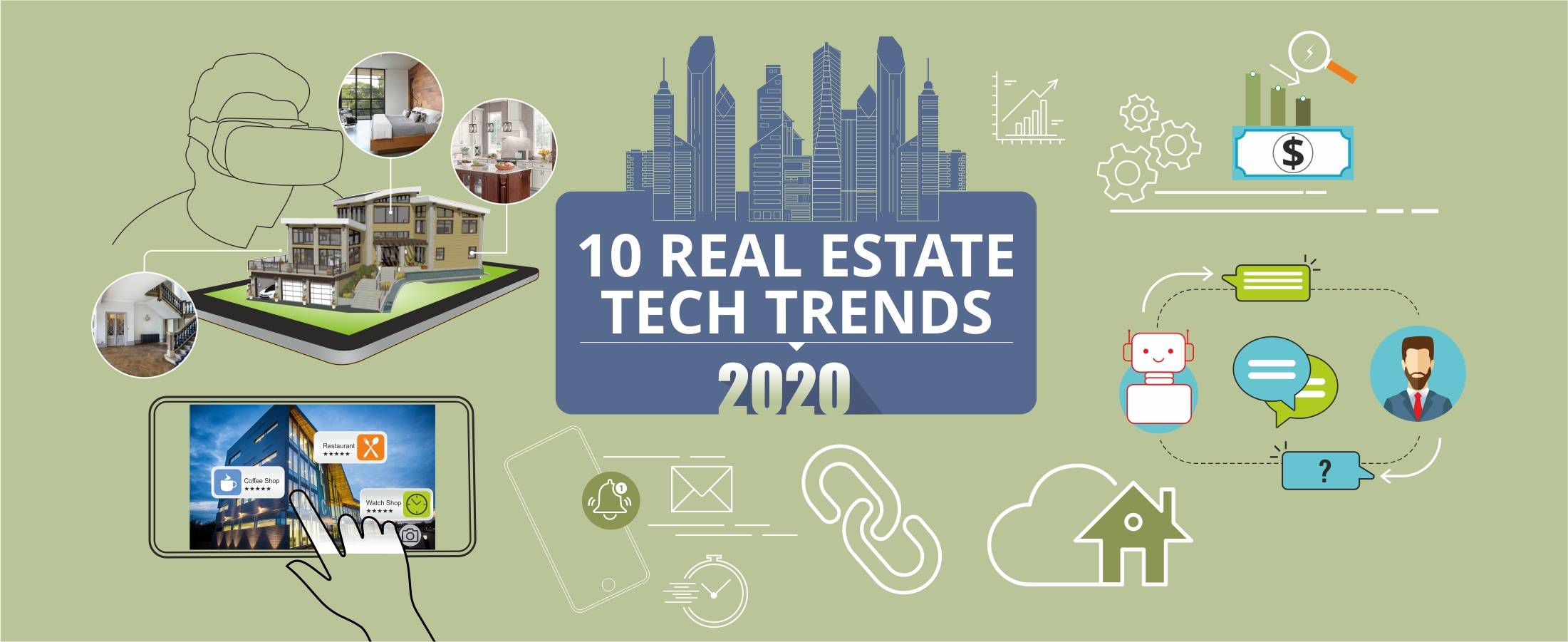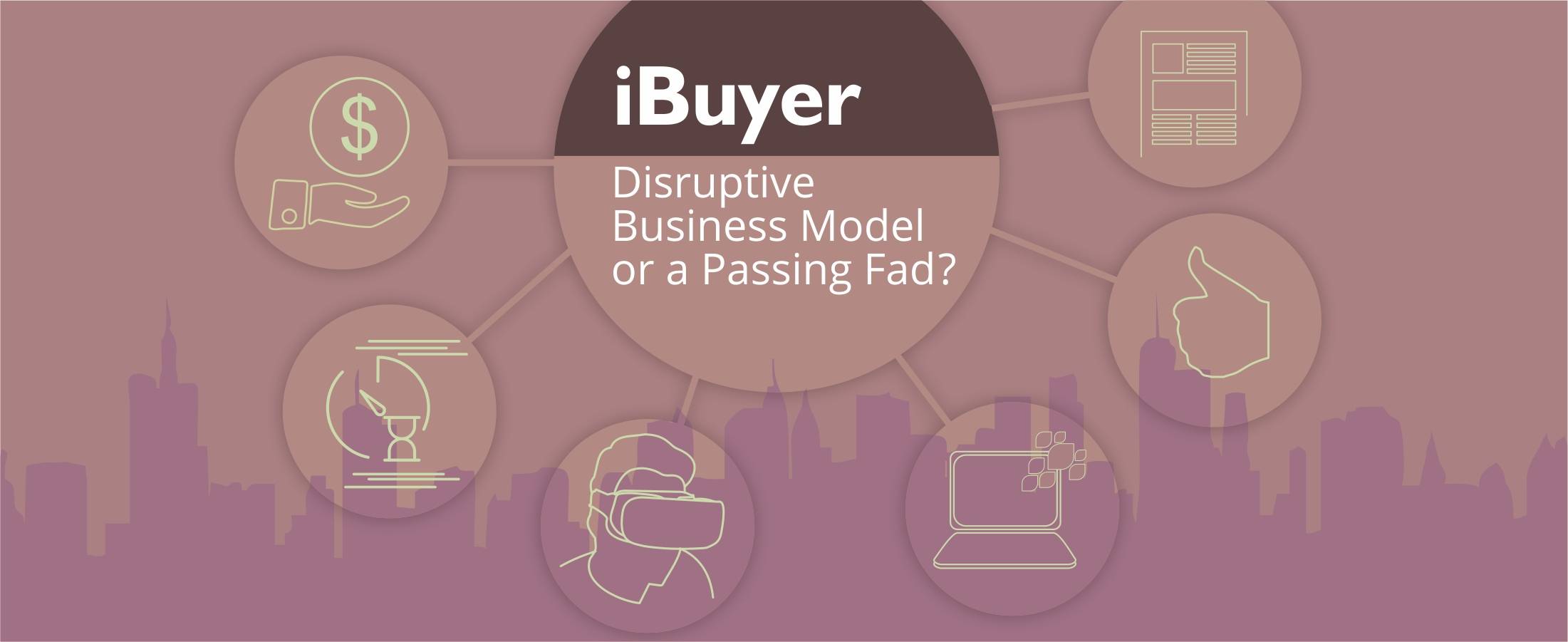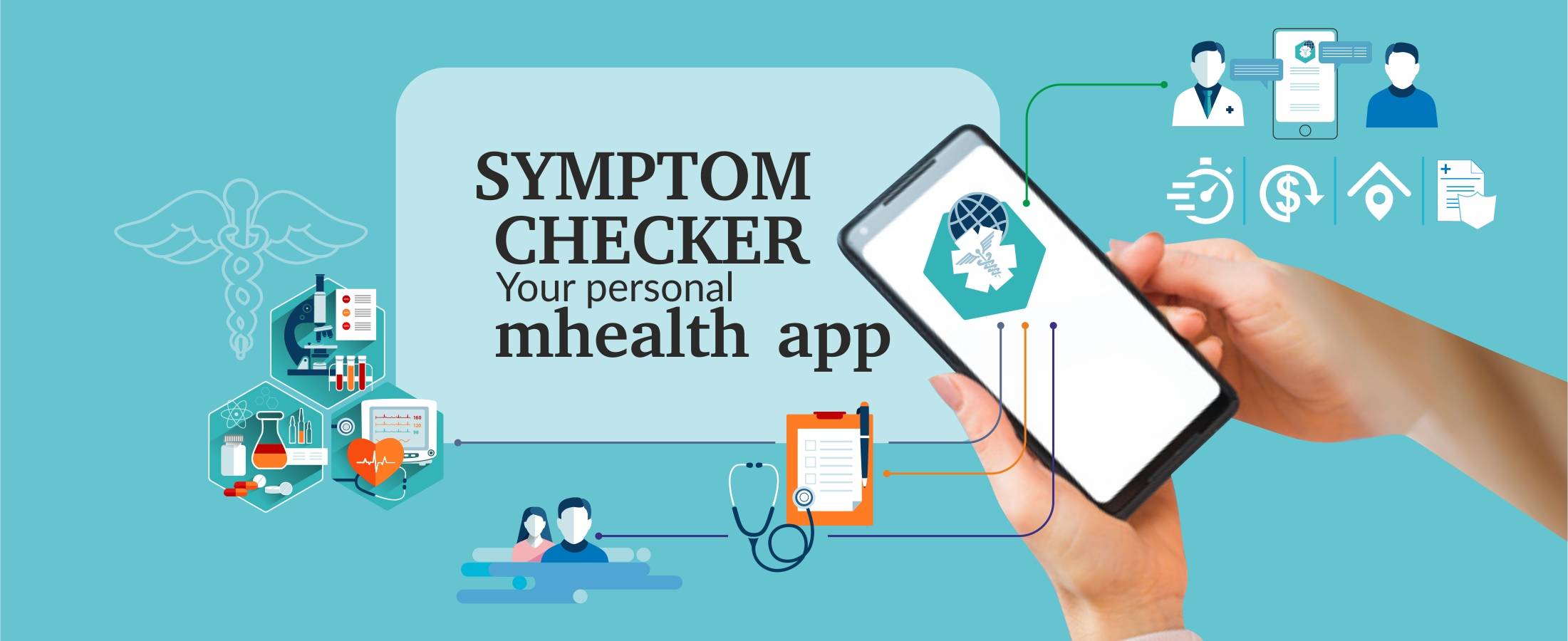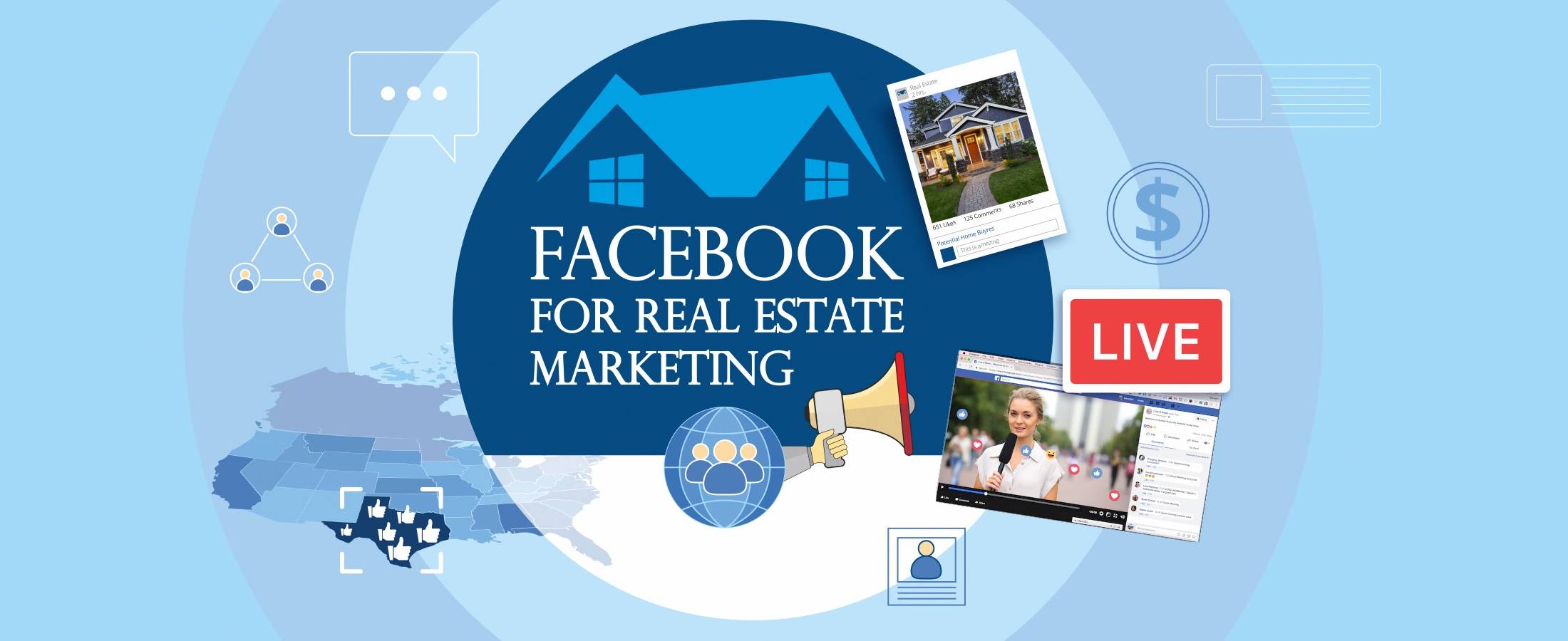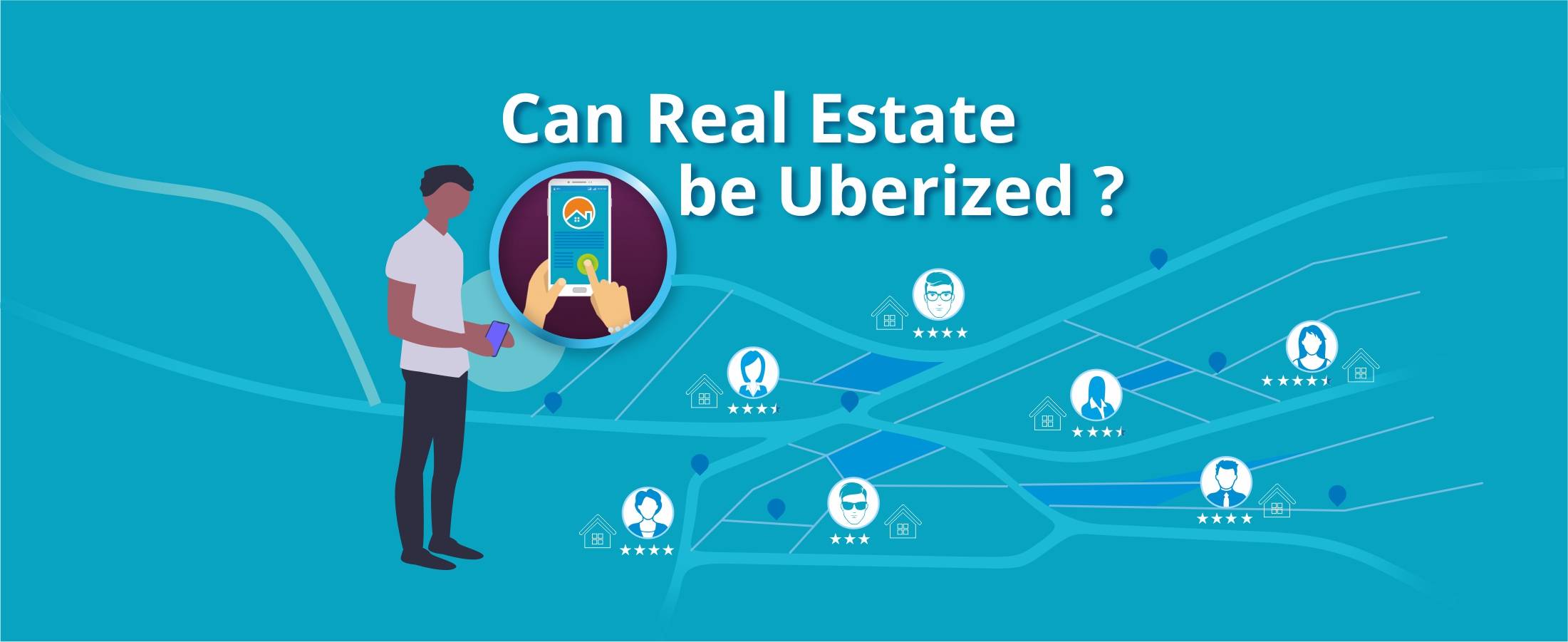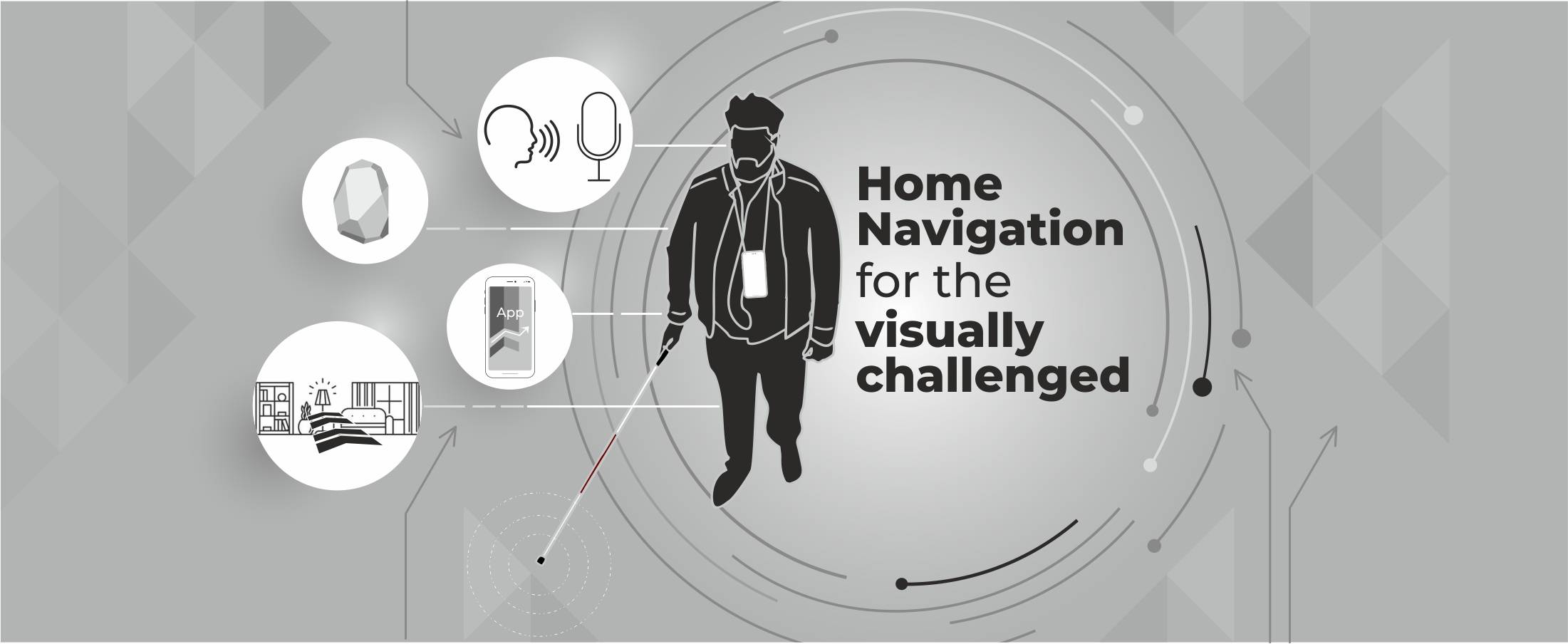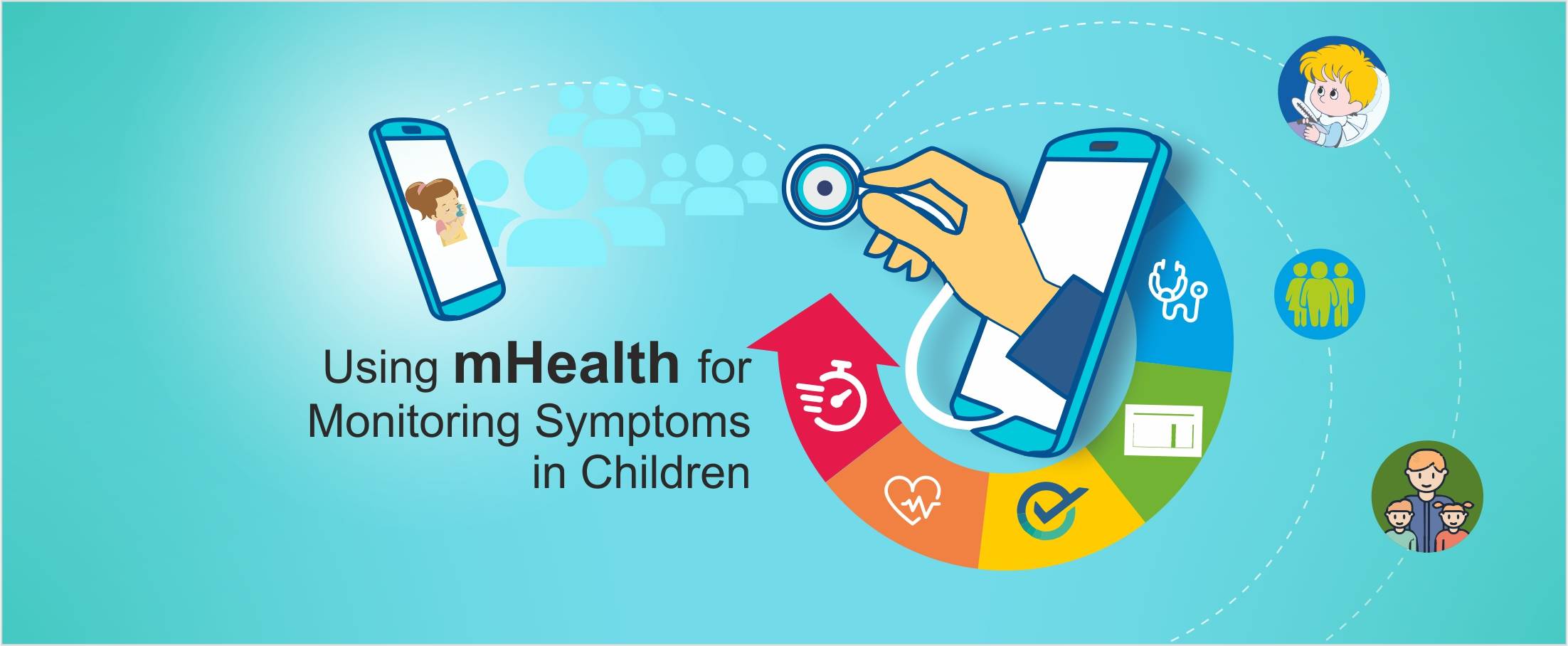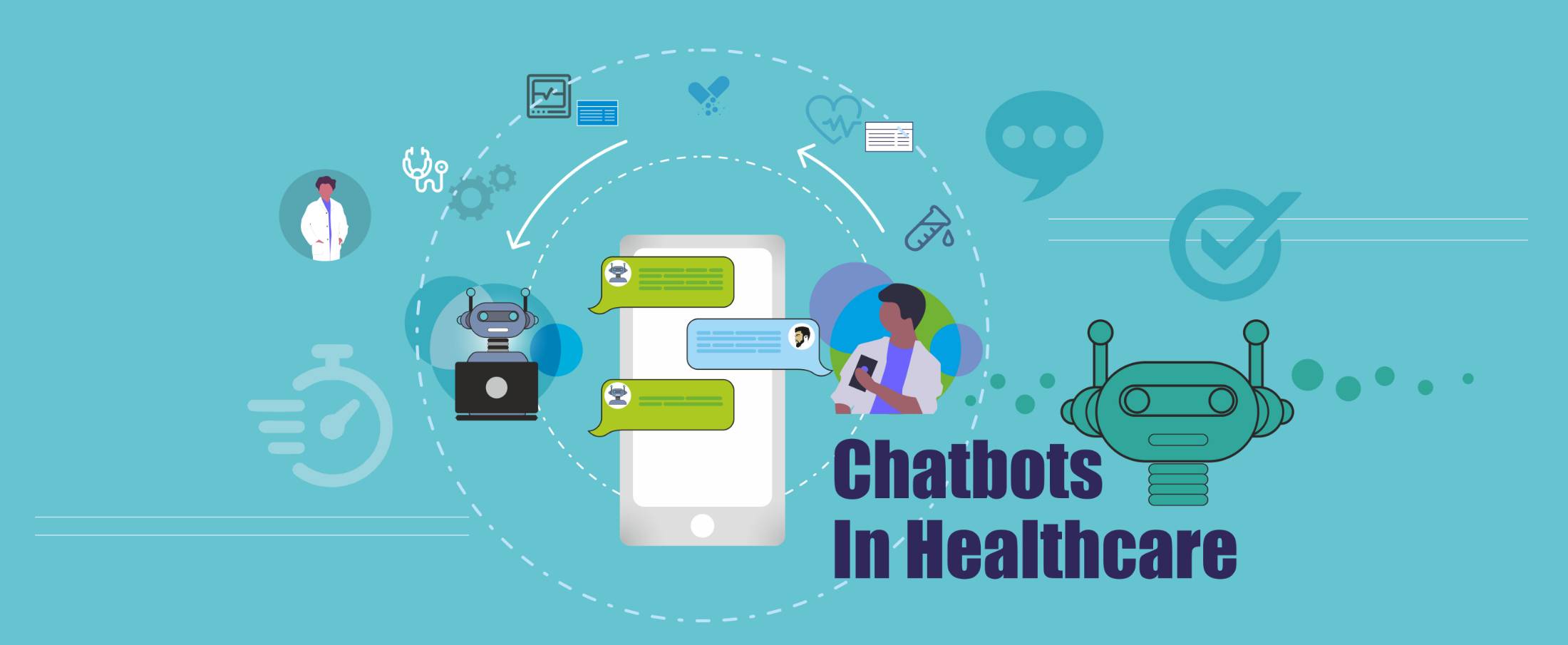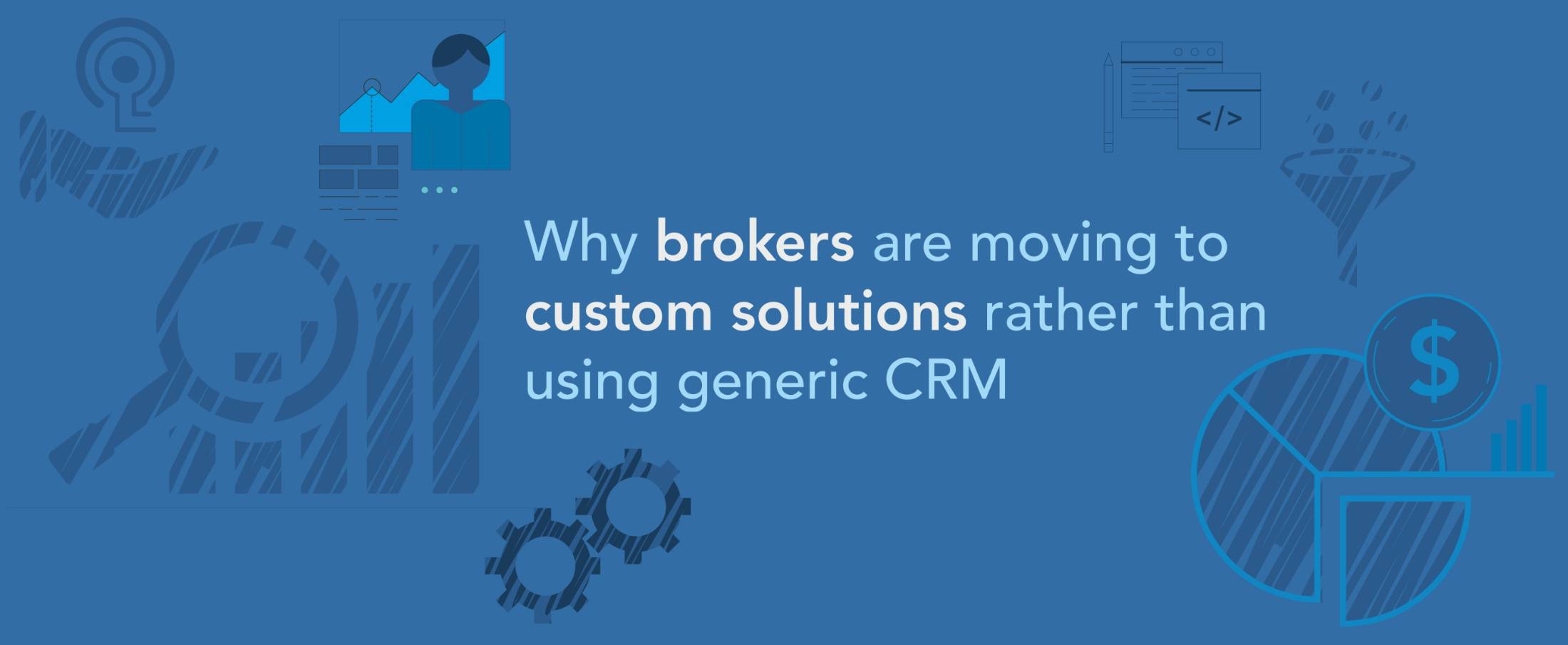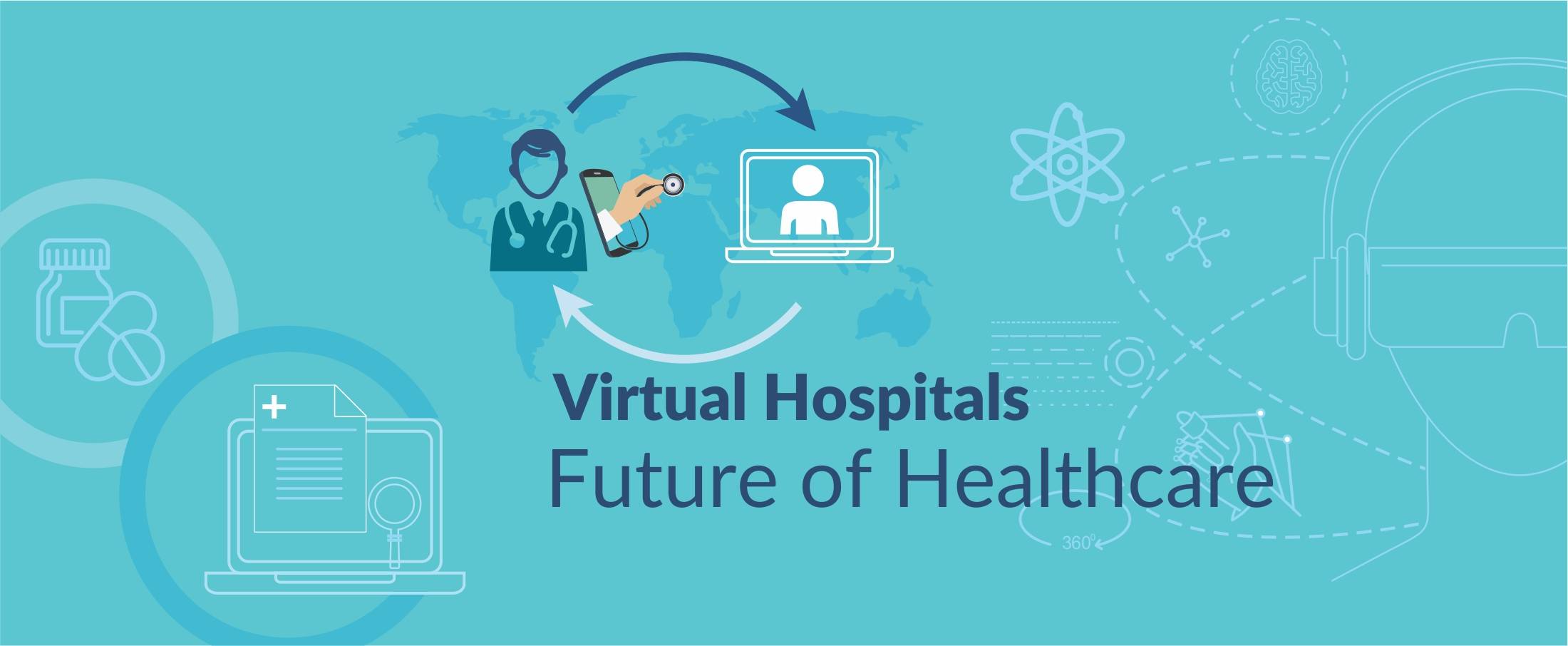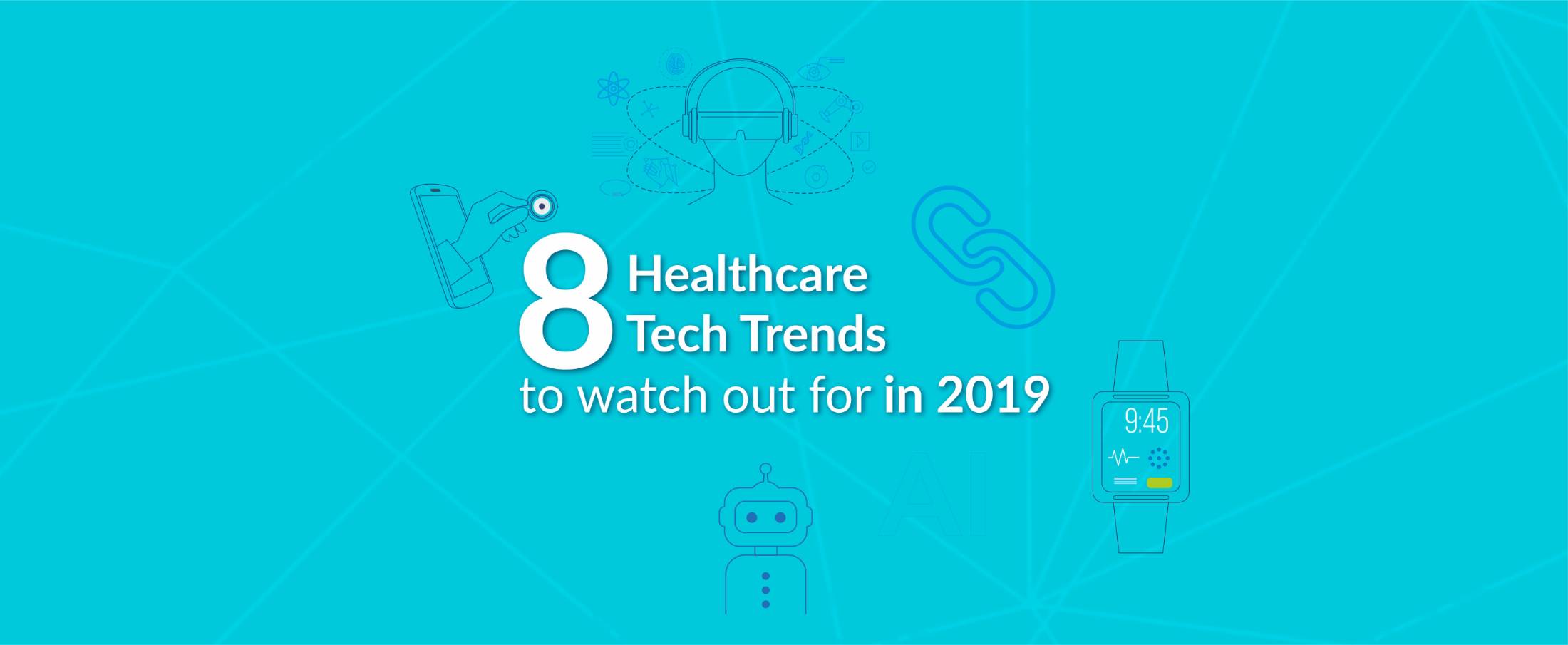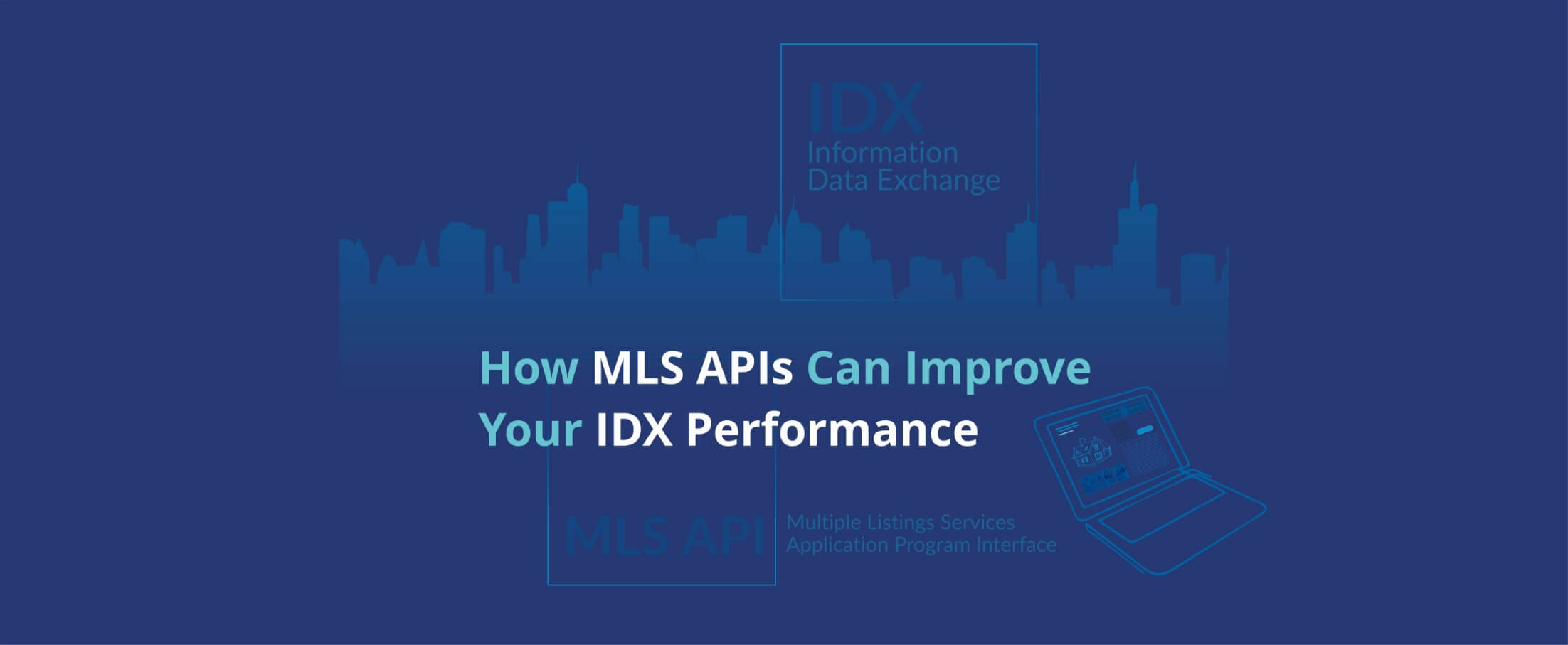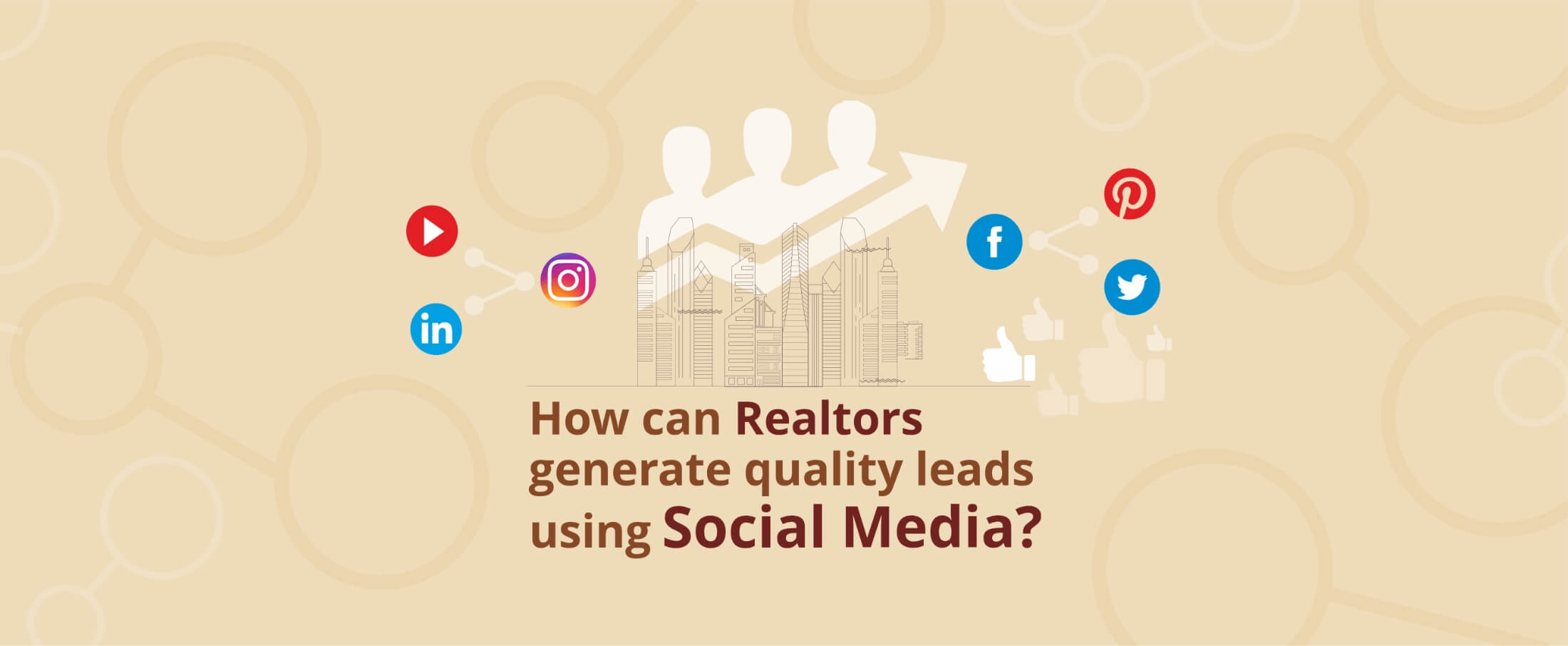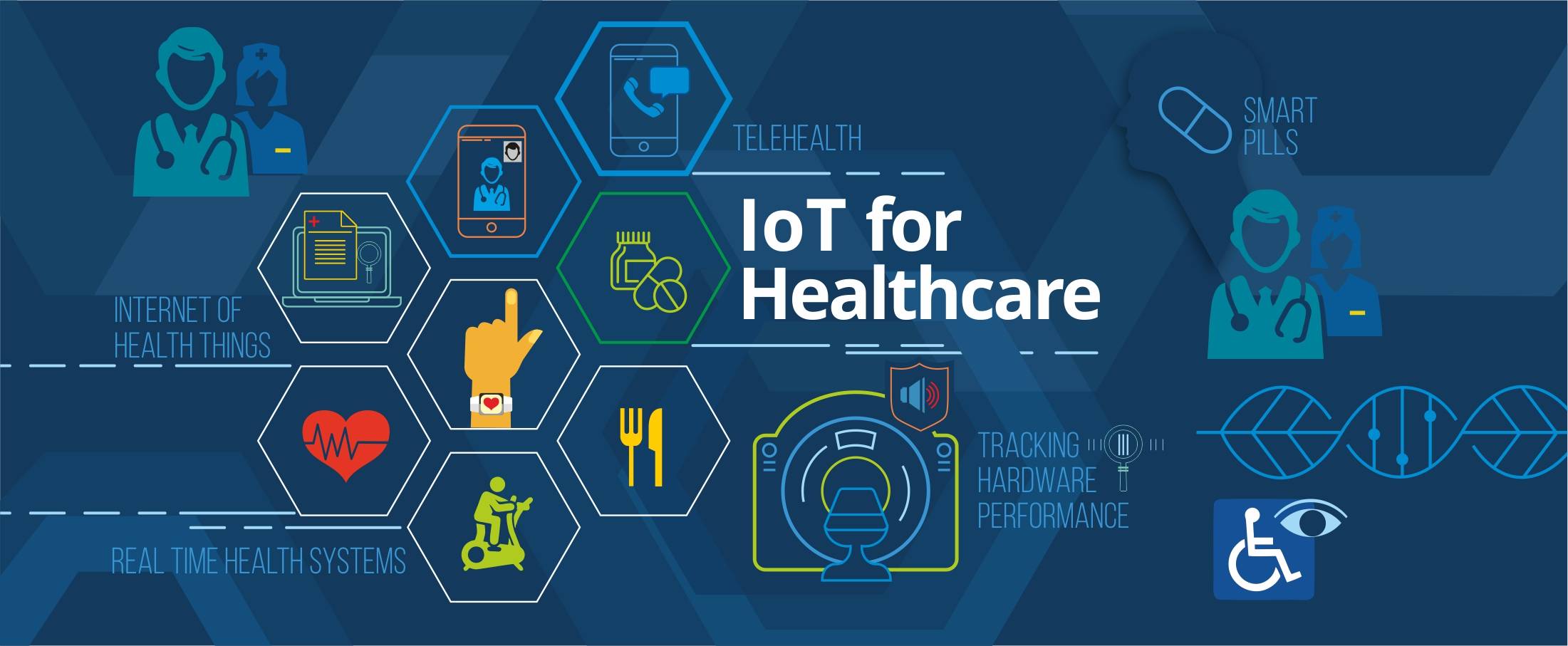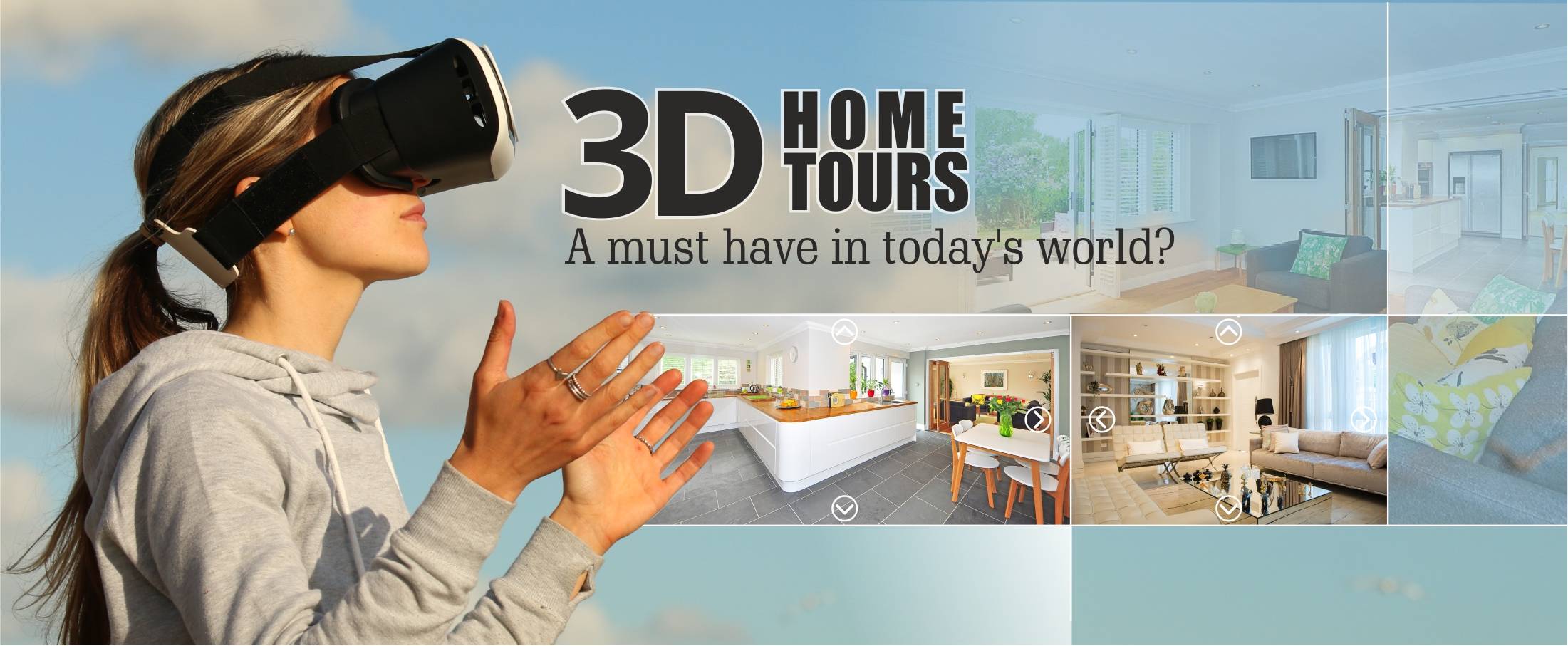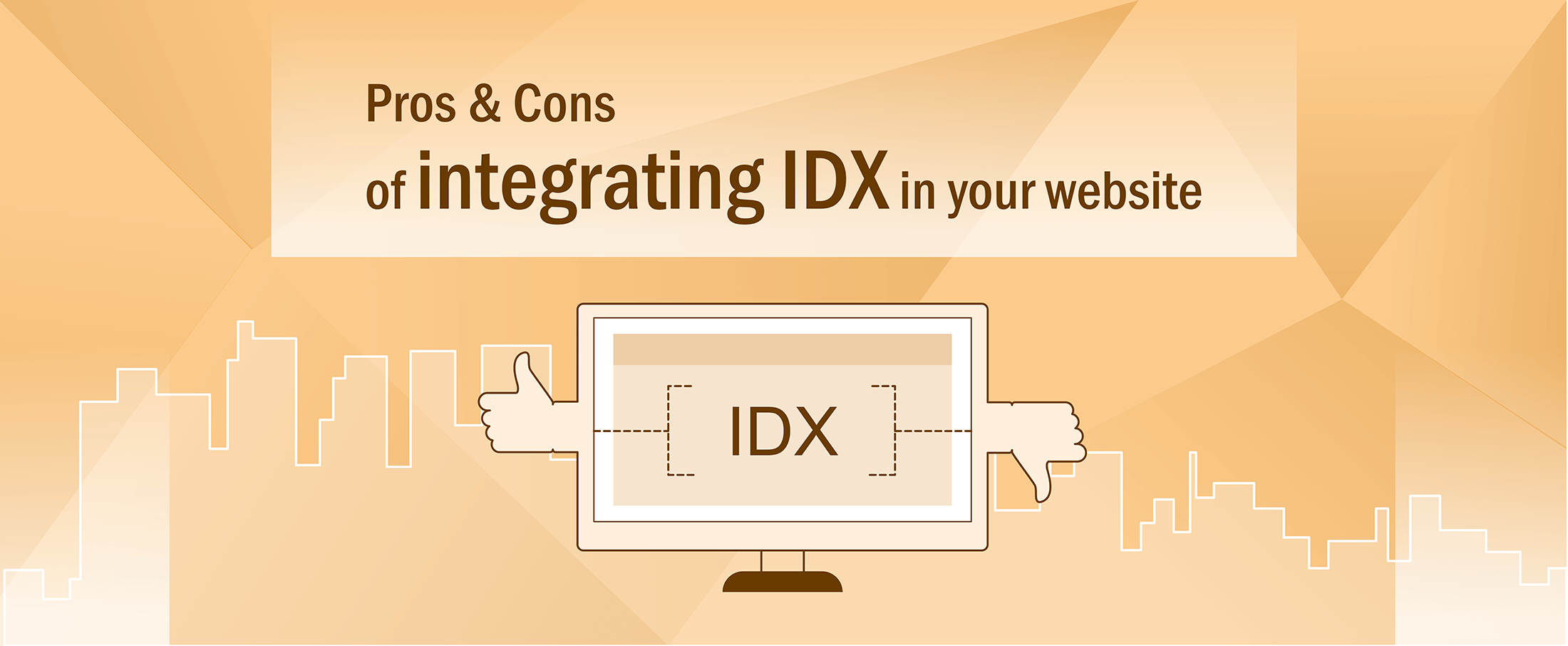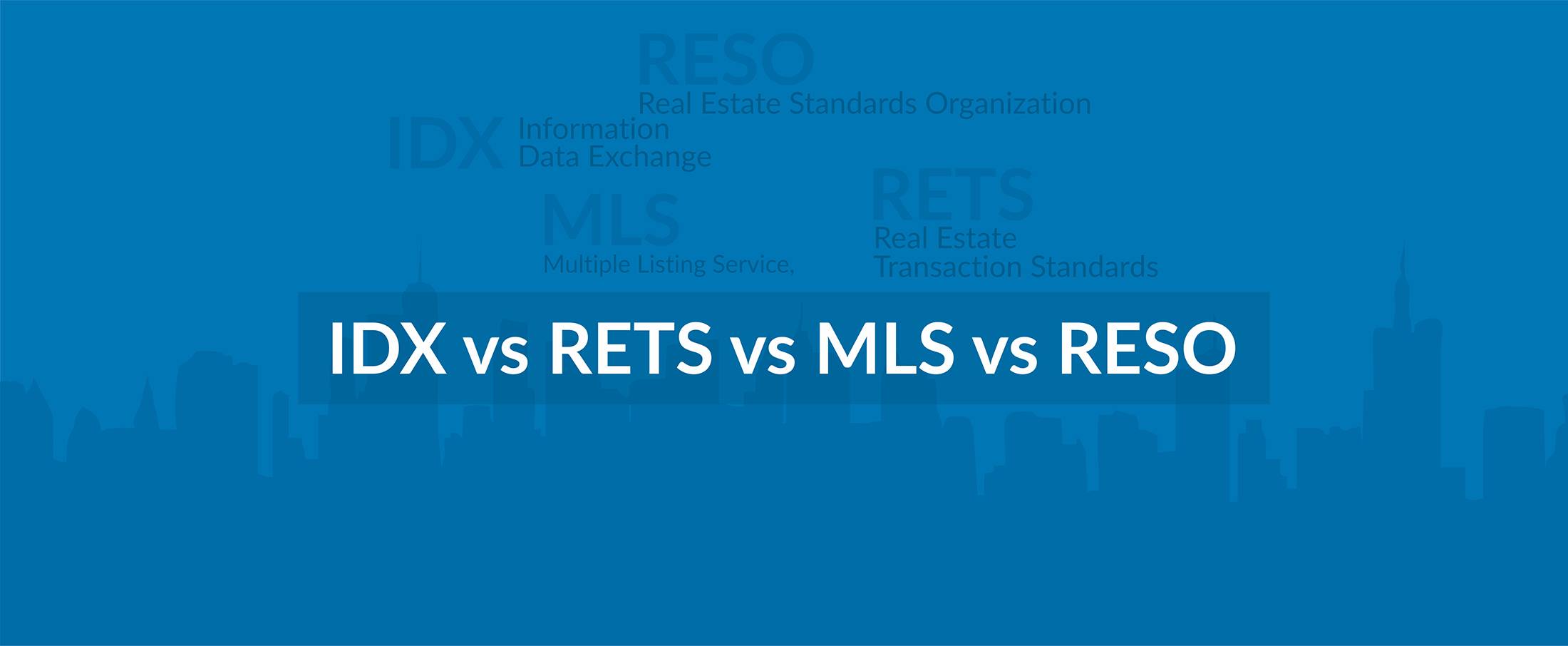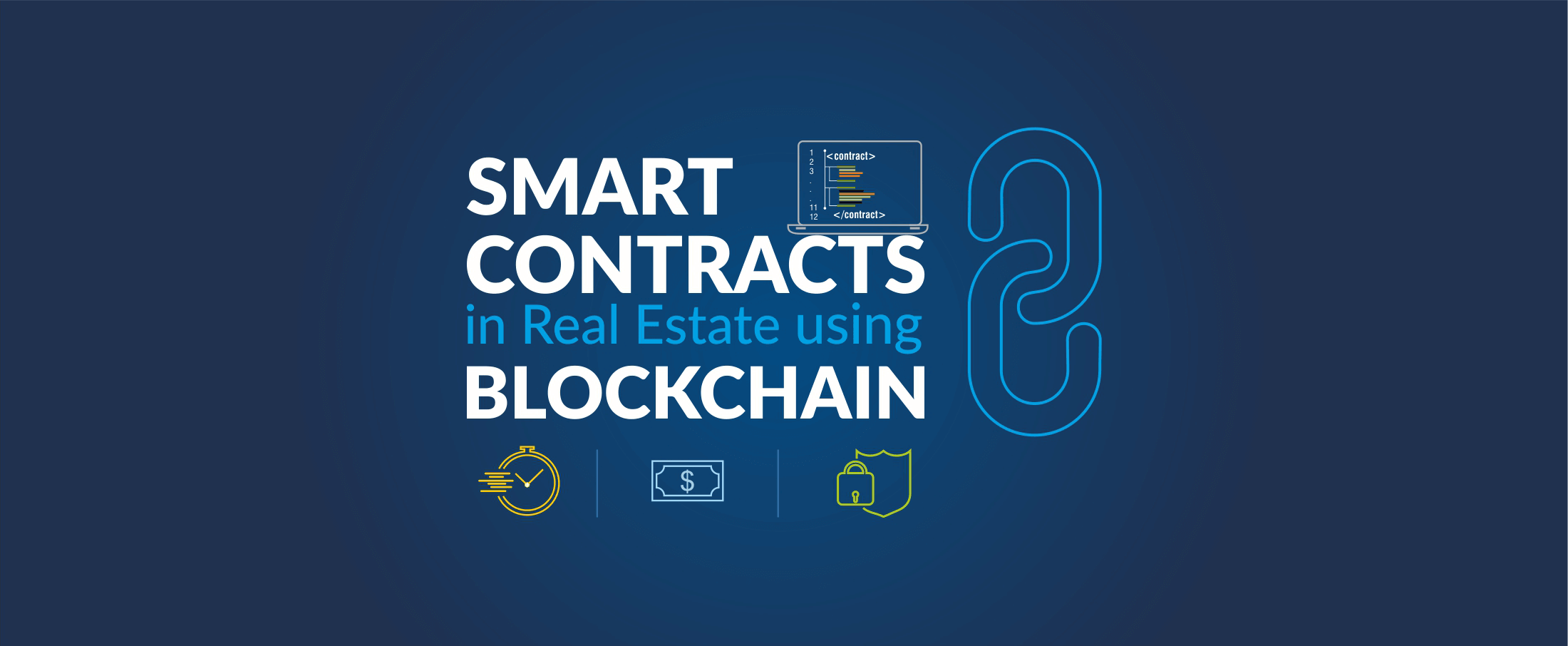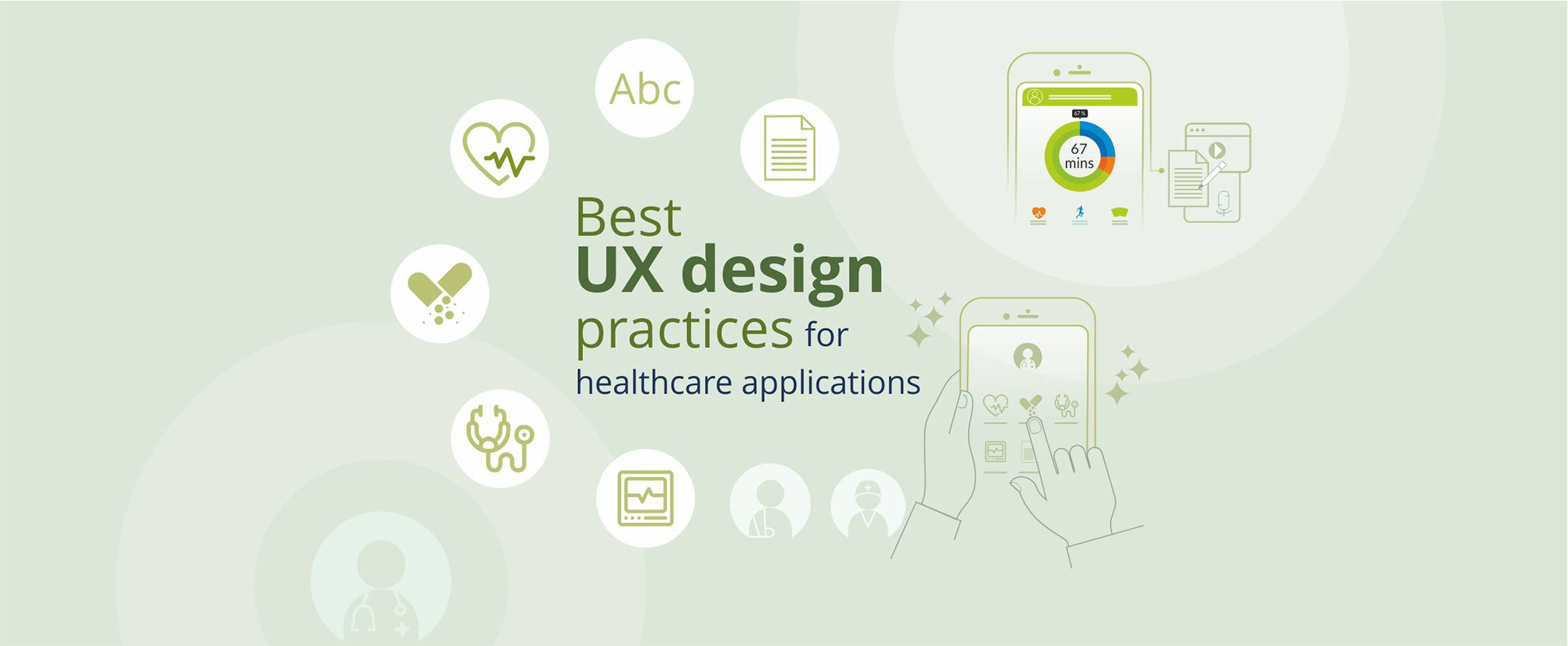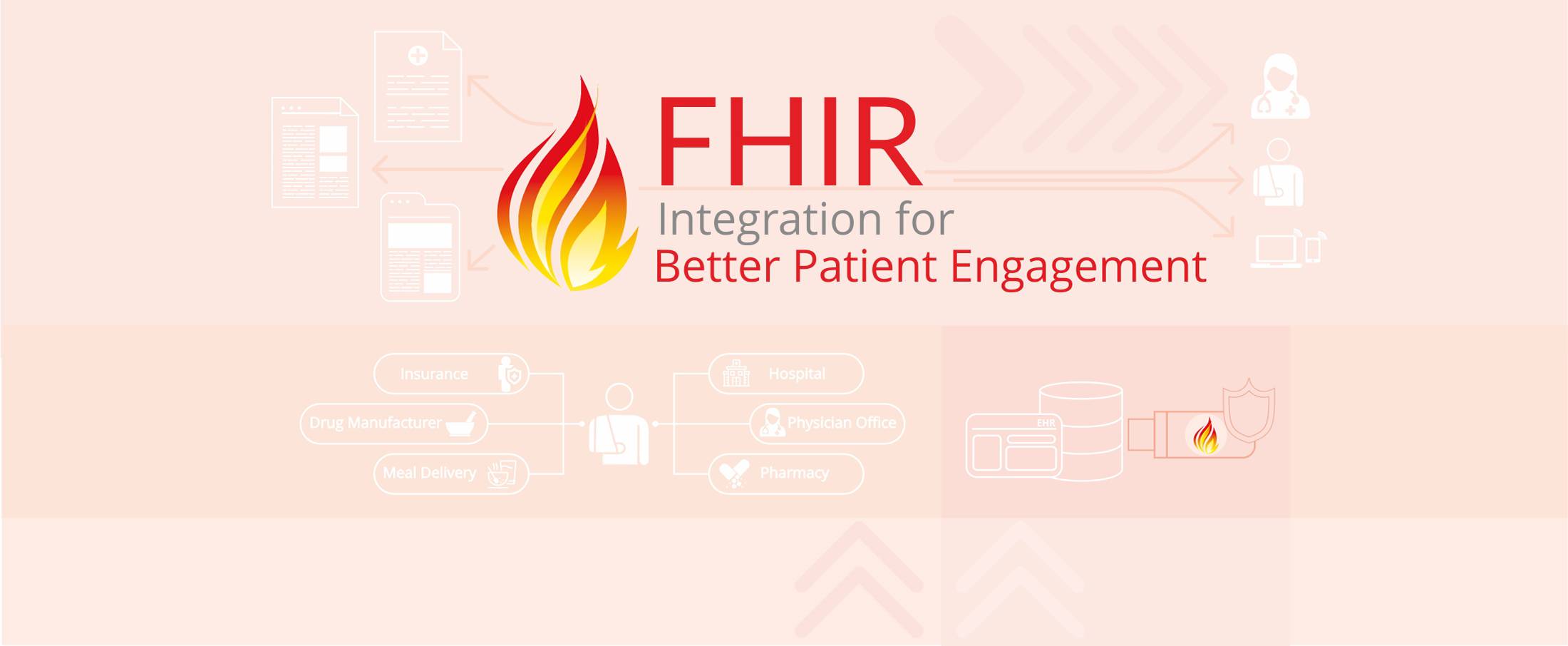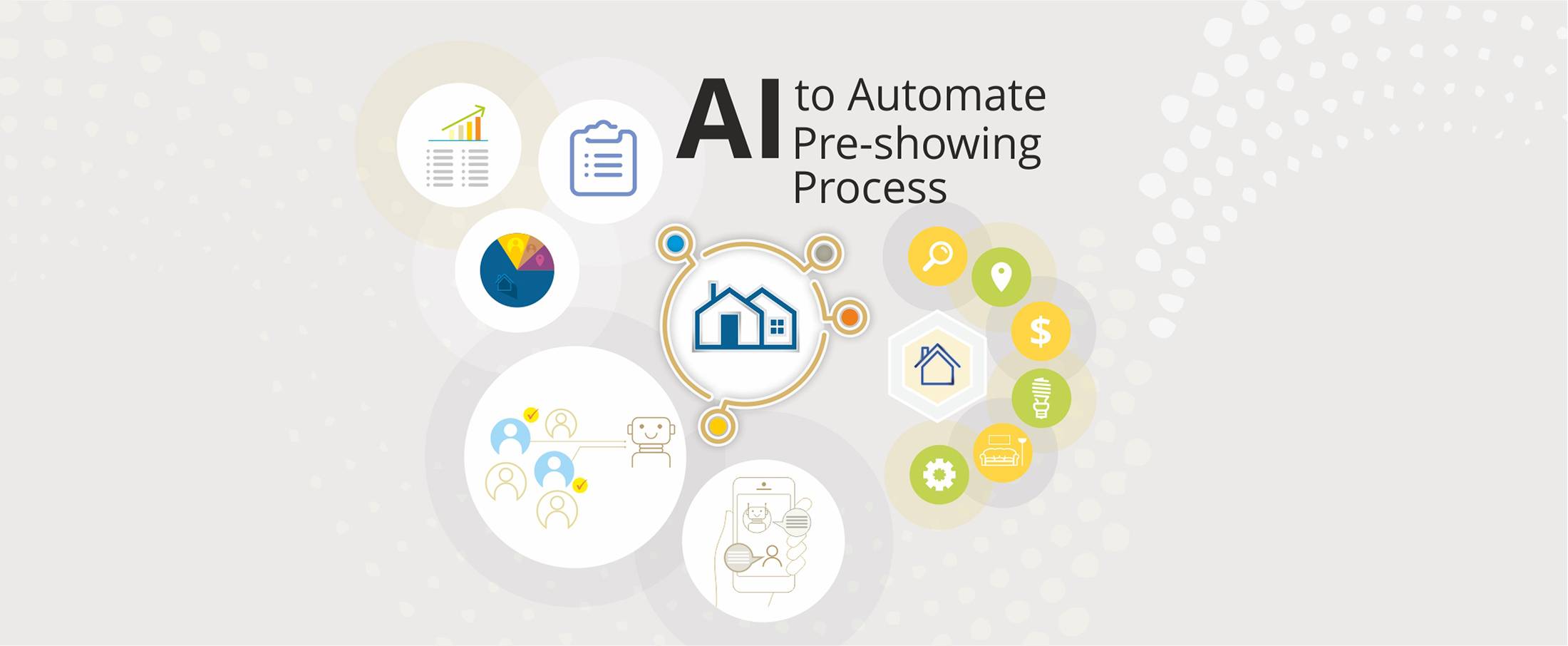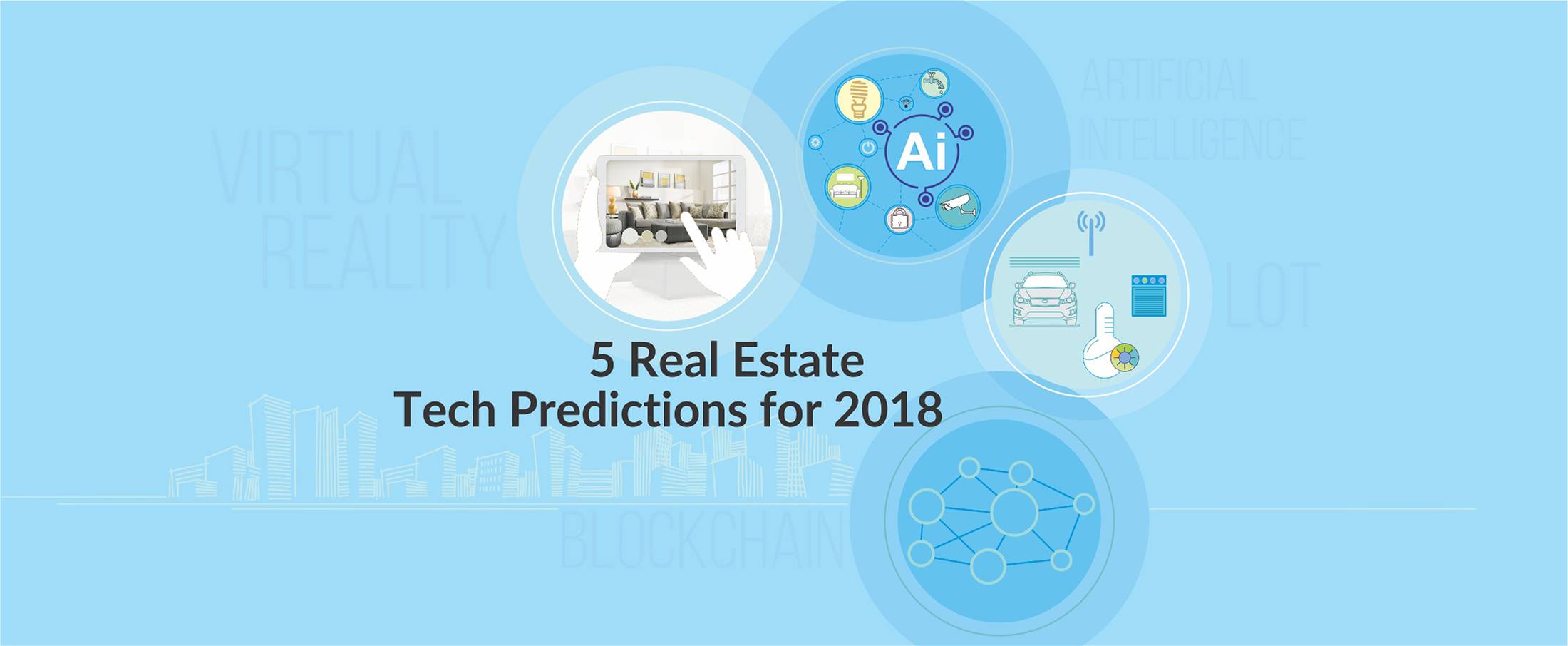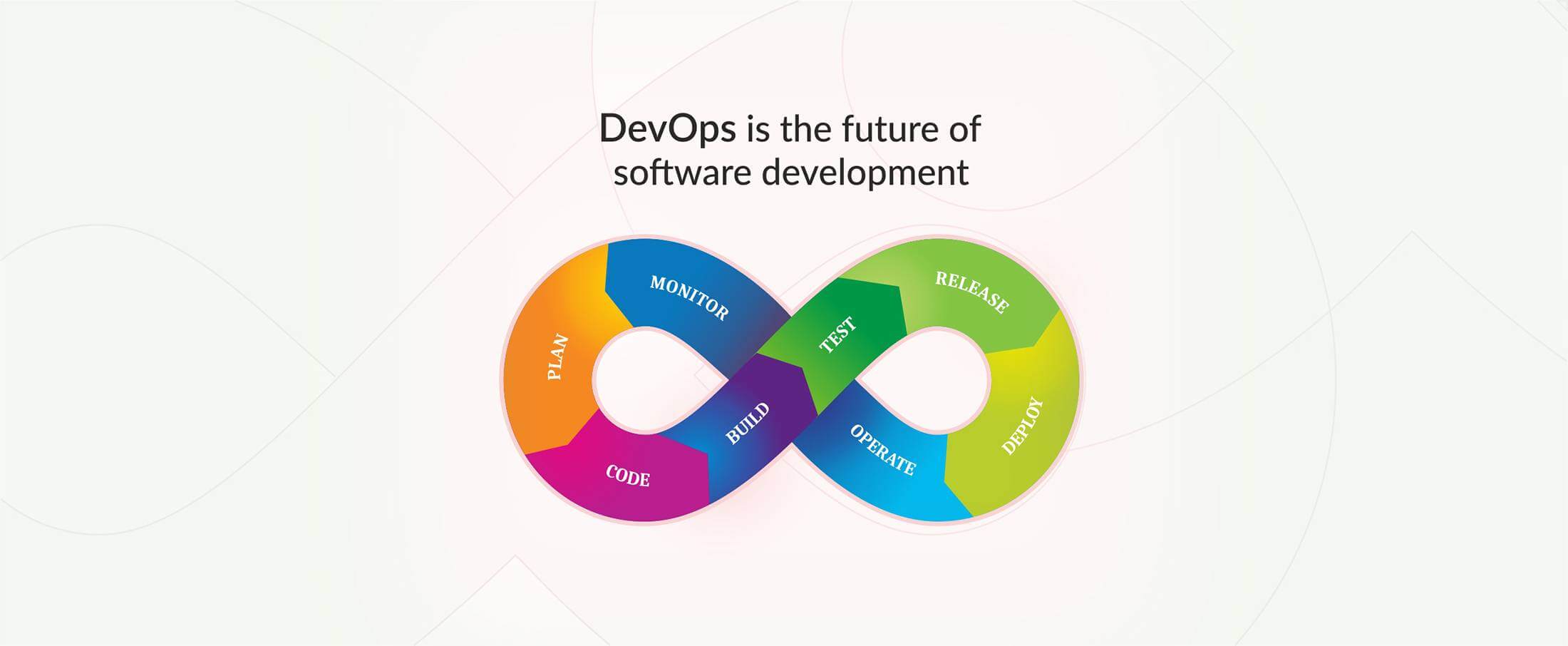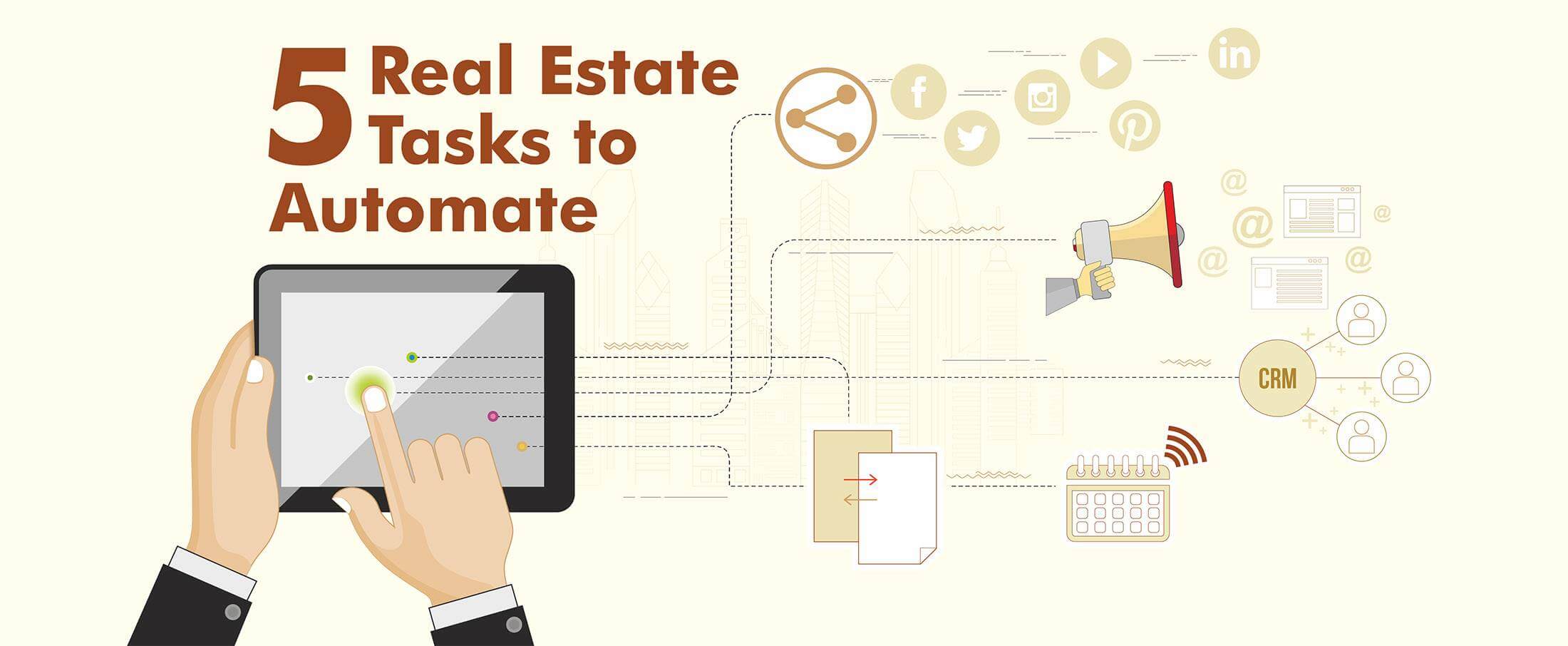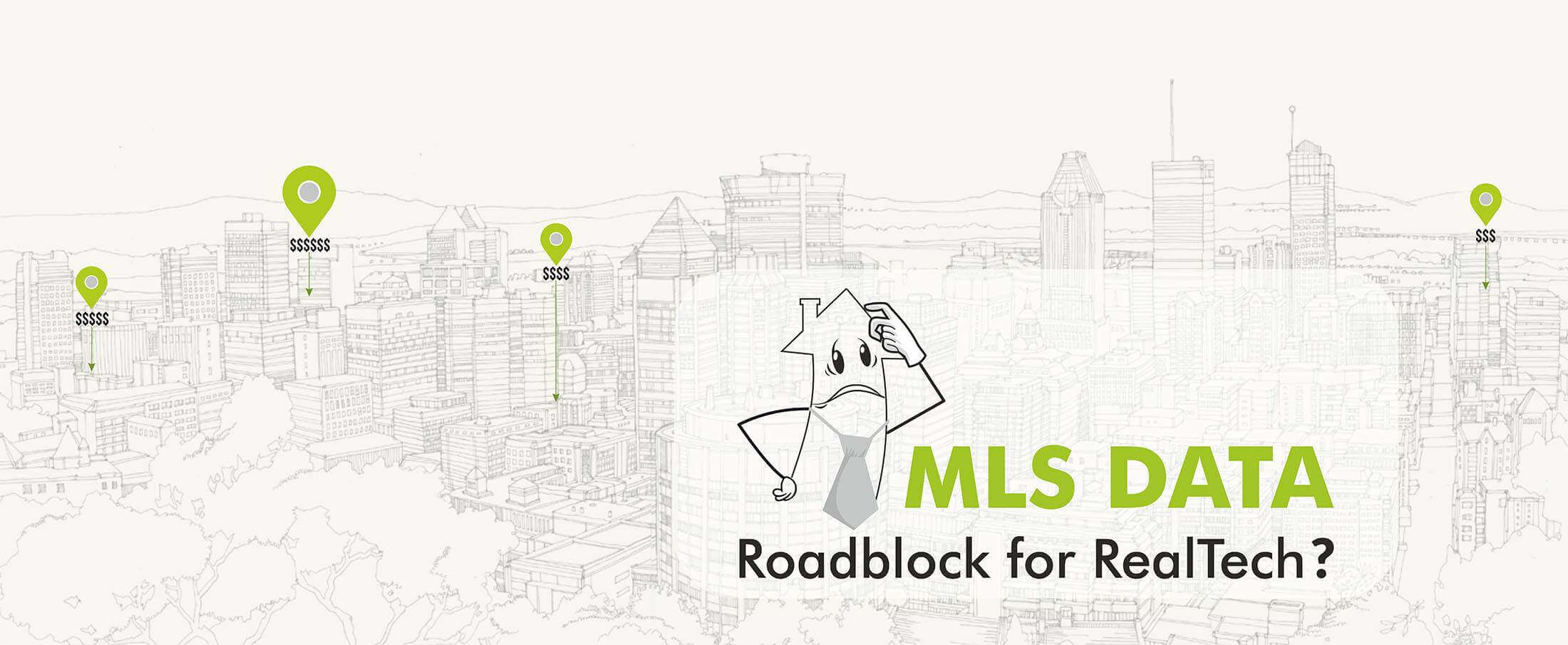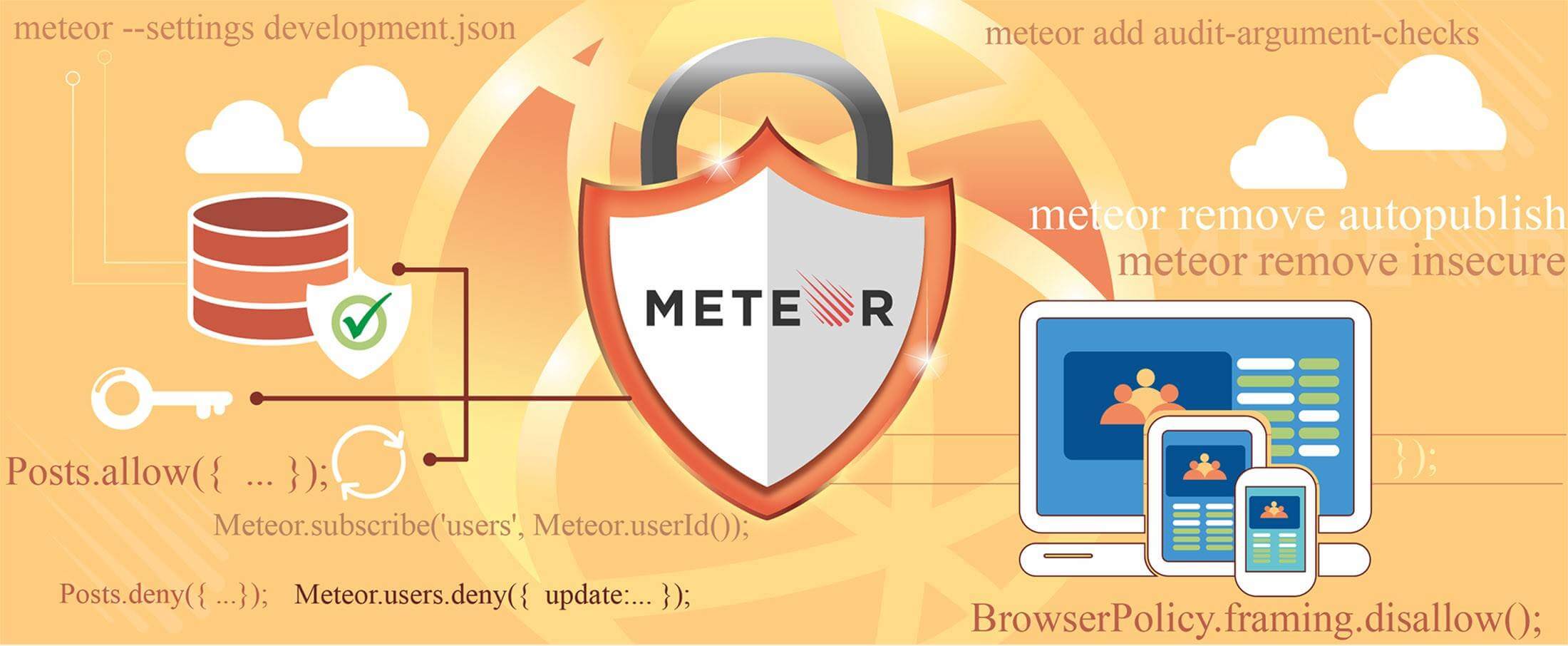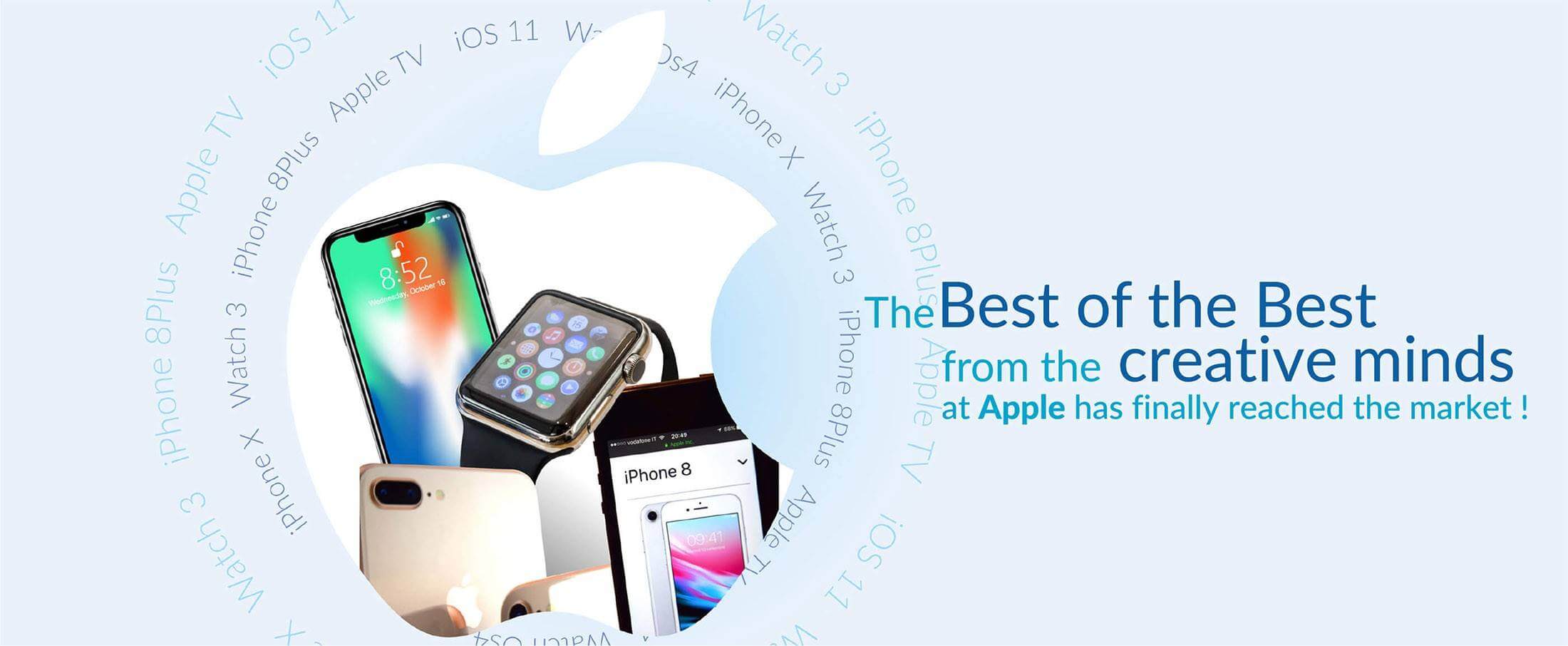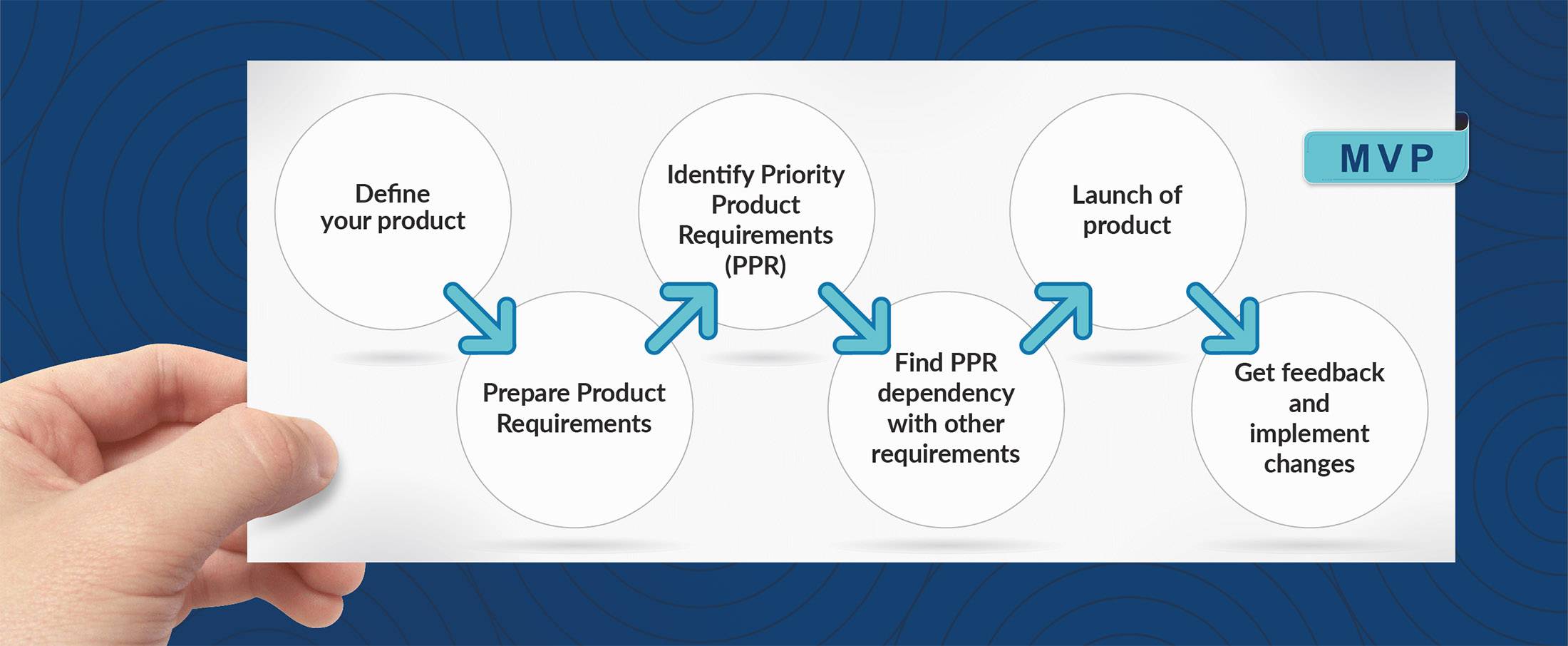The Future of Virtual Reality in Healthcare
The Future of Virtual Reality in Healthcare
It is estimated the virtual reality market in the healthcare industry is set to touch the $4 billion mark come 2020. With such a large amount, it is expected that VR will touch more aspects of this already-changing industry, making its presence felt in more common areas of doctor-patient interaction. Among the many uses of VR in healthcare, which ones can potentially be affected or changed right away? What medical applications for VR can be put to use immediately? How can VR be used for the benefit of the healthcare industry? Let’s take a look.
How Virtual Reality will Affect the Healthcare Industry
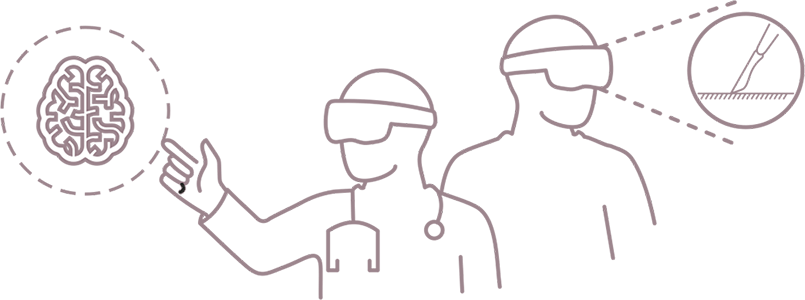
Using VR simulation is not new to healthcare; over the years, companies are developing VR-based simulation technologies to help physicians and medical students practice real-life, complex procedures using combinations of 3D interaction and 360-degree videos. Students can practice on virtual patients or cadavers as if they are real, and perform everything from a simple blood test to a complex heart surgery and even an autopsy.

VR offers a lot of tools to create an environment of calm and peace to treat anxiety and panic attacks; it also offers tools for exposure therapy to treat a range of mental illnesses through low-cost and low-risk solutions. It is making therapy simpler and more immersive for patients.
VR is fast becoming the drug-free way to manage pain in patients suffering from various ailments. For instance, there are interactive games that serve as cognitive distraction techniques to treat pain. Or there are more advanced VR tools and technologies to help patients deal with the pain of loss of limbs. It can also be used as a means of therapy to burns victims. The highlight of using VR for pain management is that it can also be conducted without clinical intervention in some cases.
VR is slowly entering the fitness industry with numerous fitness experts using it together with cardio to create workout routines that are more interactive and positive. VR is also used for physiotherapy and the likes to encourage patients whilst preventing any need for invasive techniques.

Diagnostics is another area where VR is already making its presence felt. Virtual Reality can aid doctors in making more accurate diagnoses for various types of medical cases. It can even eliminate the need to opt for invasive techniques to identify the problem.
Human simulation is an immersive 3D experience where doctors, physicians and caretakers can interact with each other or their patients in a simulated environment. The process also makes use of sensors to read the patient’s emotions. Besides offering care, human simulation techniques are also commonly used in training scenarios.

It is not uncommon to find robots performing complex surgeries with the control of a surgeon; or tele-surgeries being performed by a doctor from a different location altogether. Robotic surgery is becoming popular in healthcare because it minimizes the time, complexity, and potential complications arising from certain types of tricky cases.
Some Other Applications
The healthcare industry is very vast, and hence, VR has a lot of other applications besides the ones mentioned above. Here are some other areas where VR has shown its presence in healthcare –
- Dentistry
- PTSD
- Nursing
- Autism treatment
- Surgery simulation
- Treatment for the Disabled
Future of VR in Healthcare
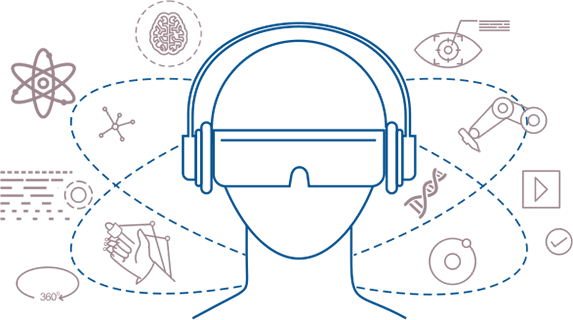
With all these applications already existing, combined with future predictions for growth, it seems like VR is here to stay in healthcare. The year 2020 also expects the number of VR devices to cross a staggering 35 million. Although it is currently an expensive affair, a lot of companies are coming up with solutions and tools that are economical and low-risk. It is a matter of time before the healthcare industry is reeling under the effects of Virtual Reality.
- EHR
- EMR
- Healthcare
- real 3D
- Virtual Reality
- VR
Mobifilia
18 May 2018
